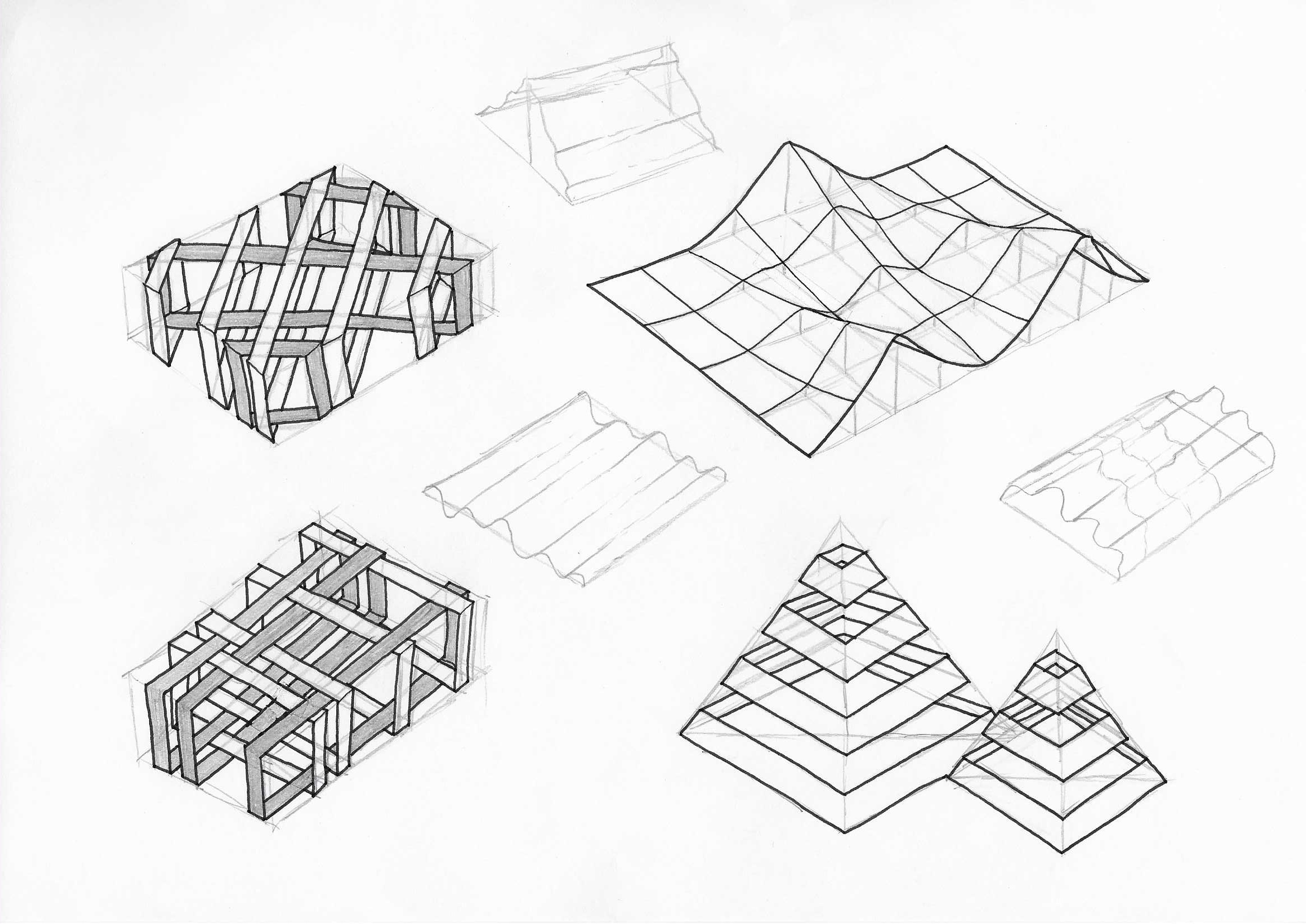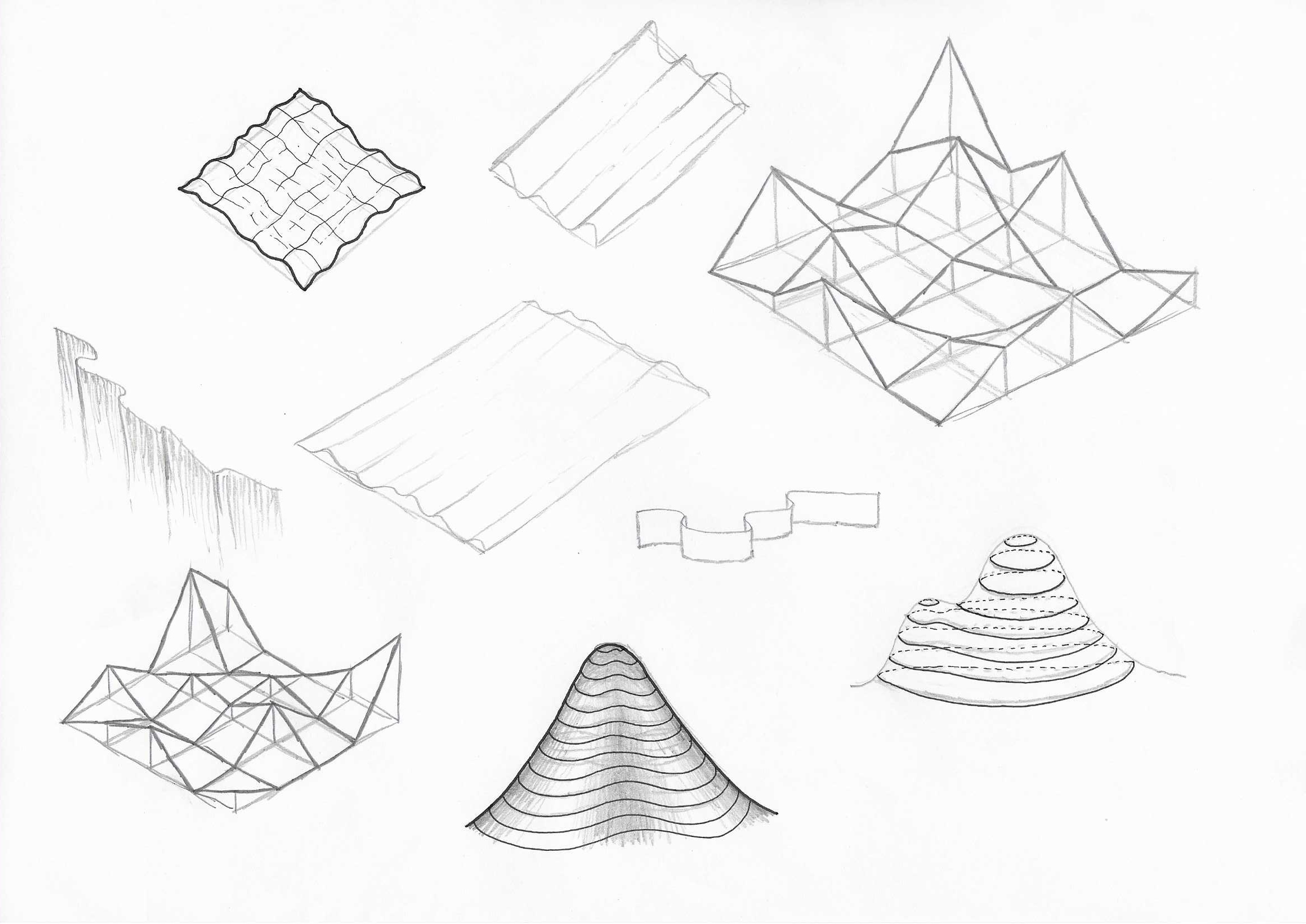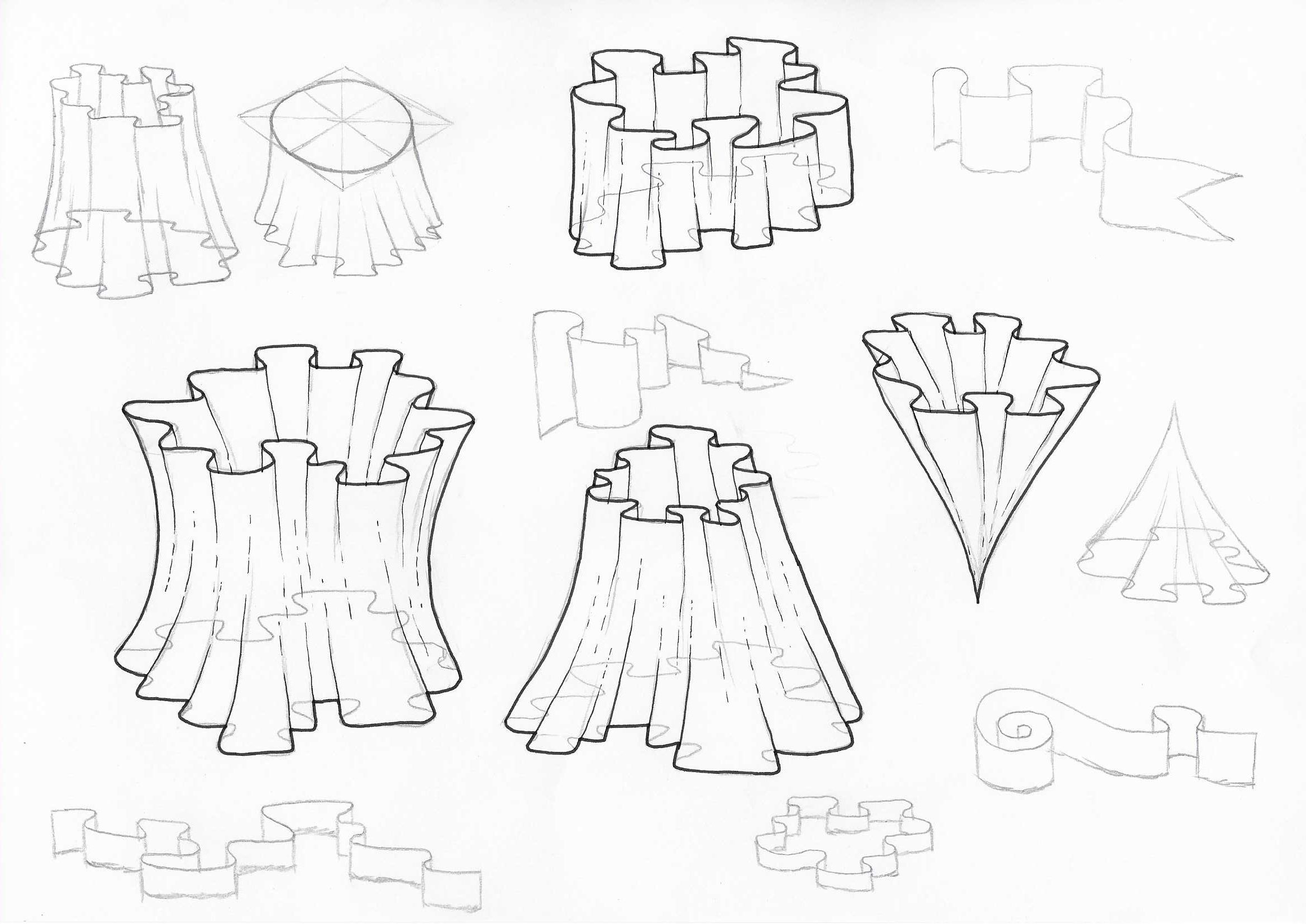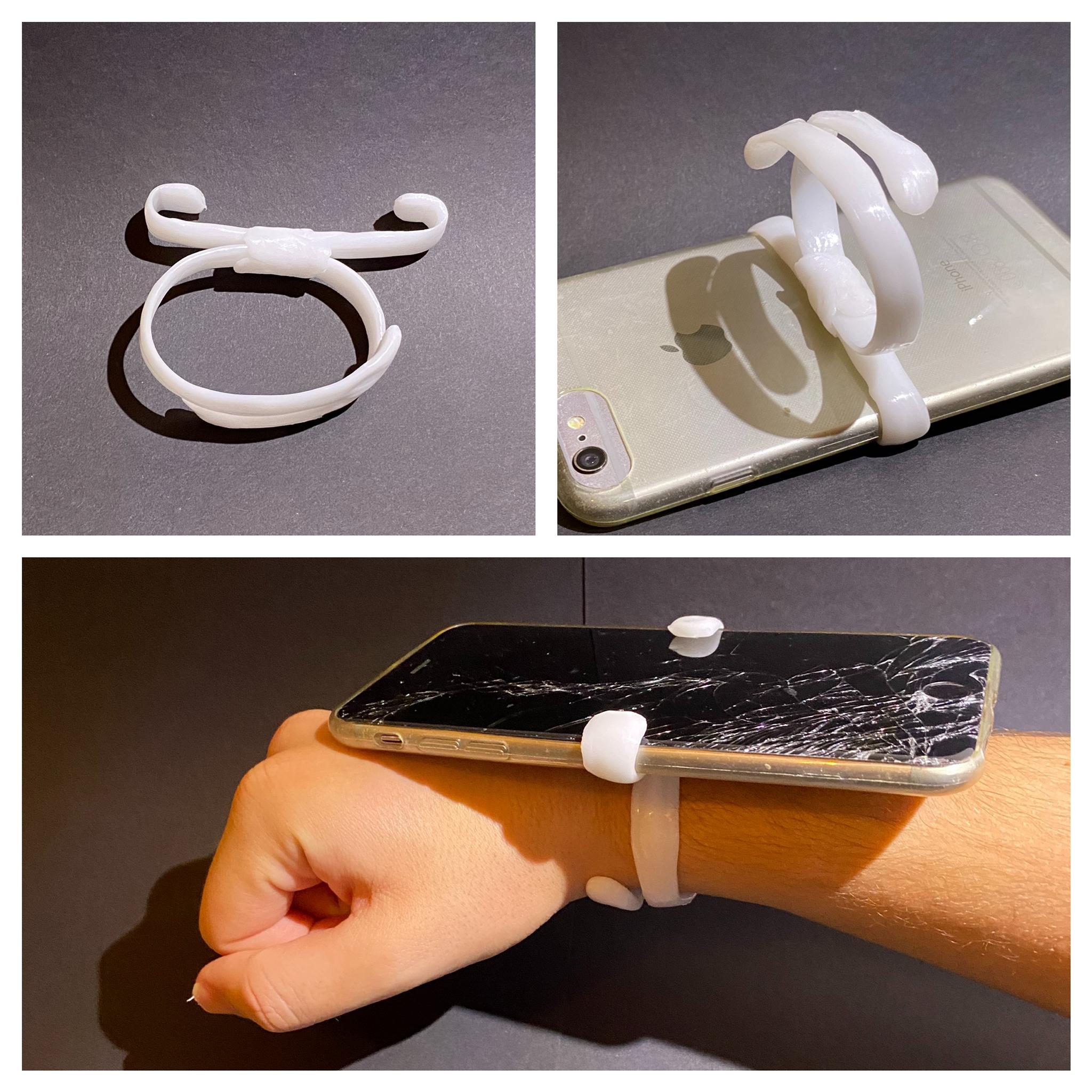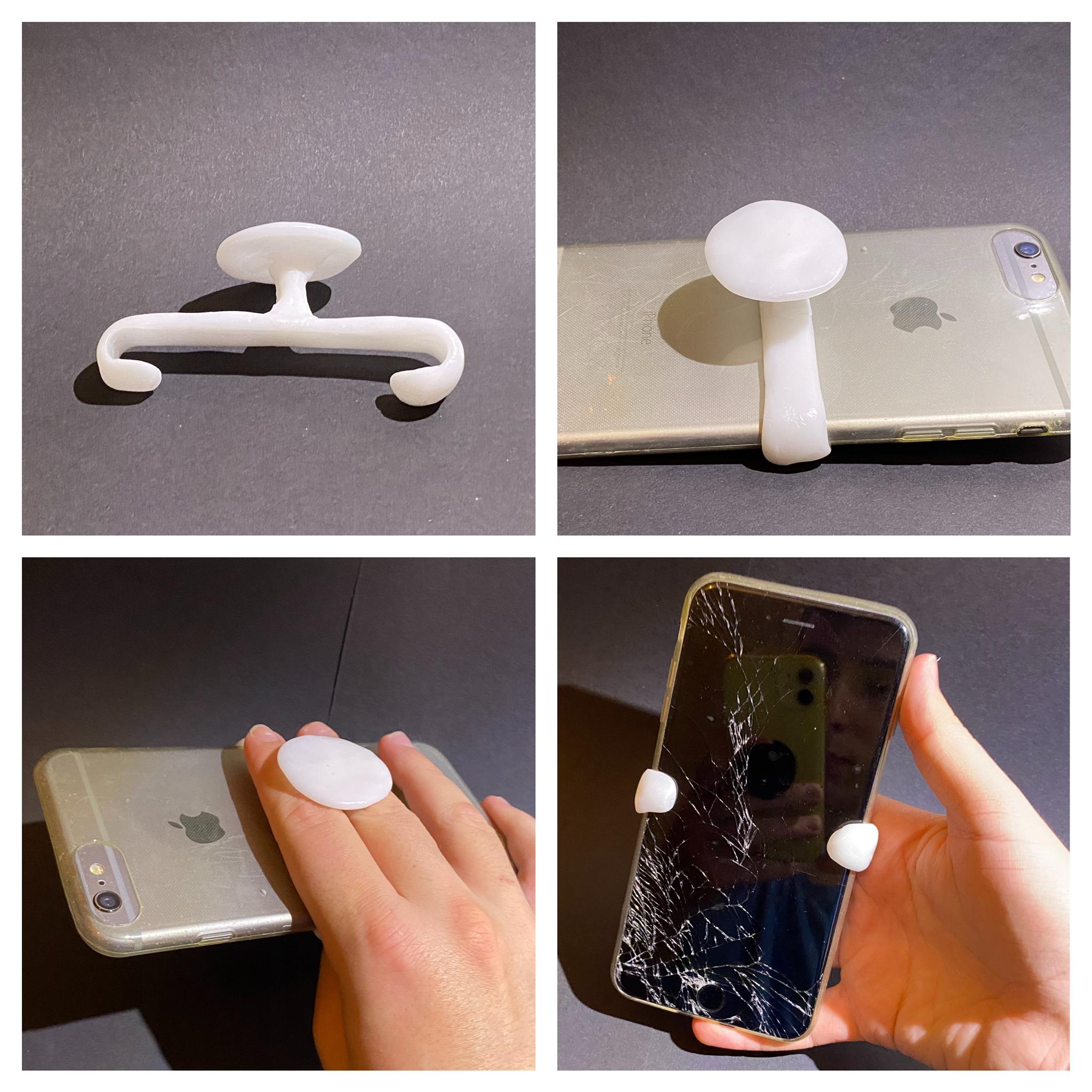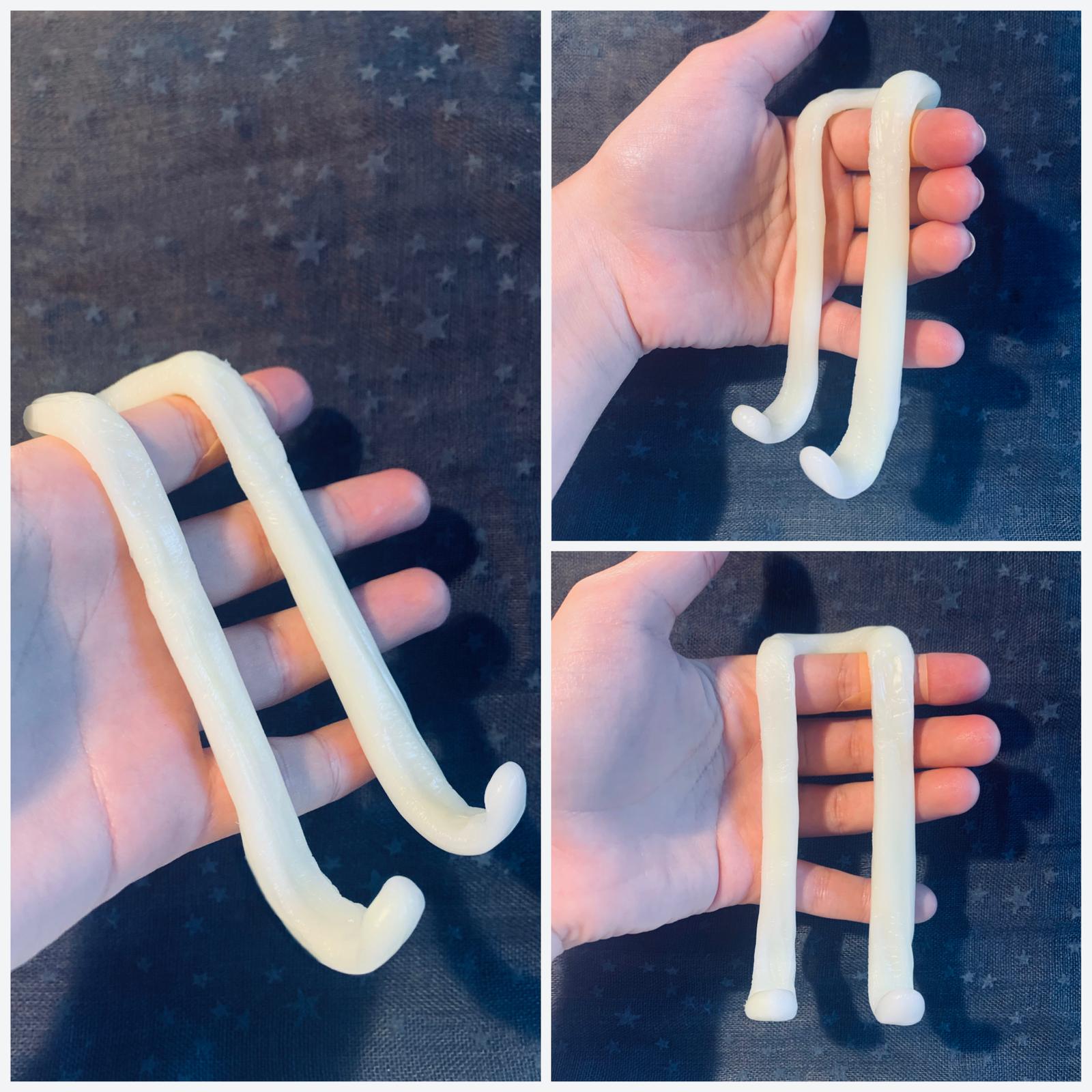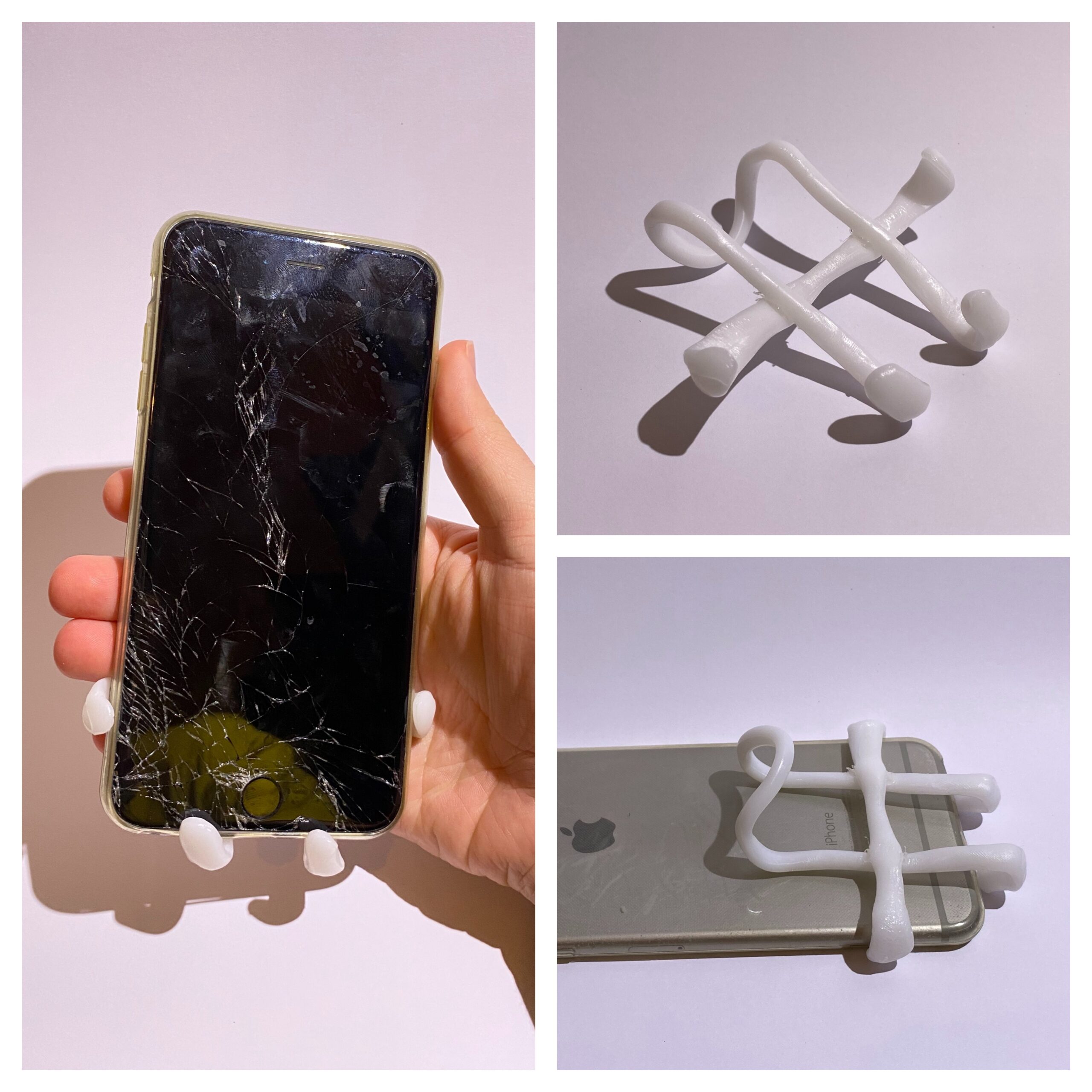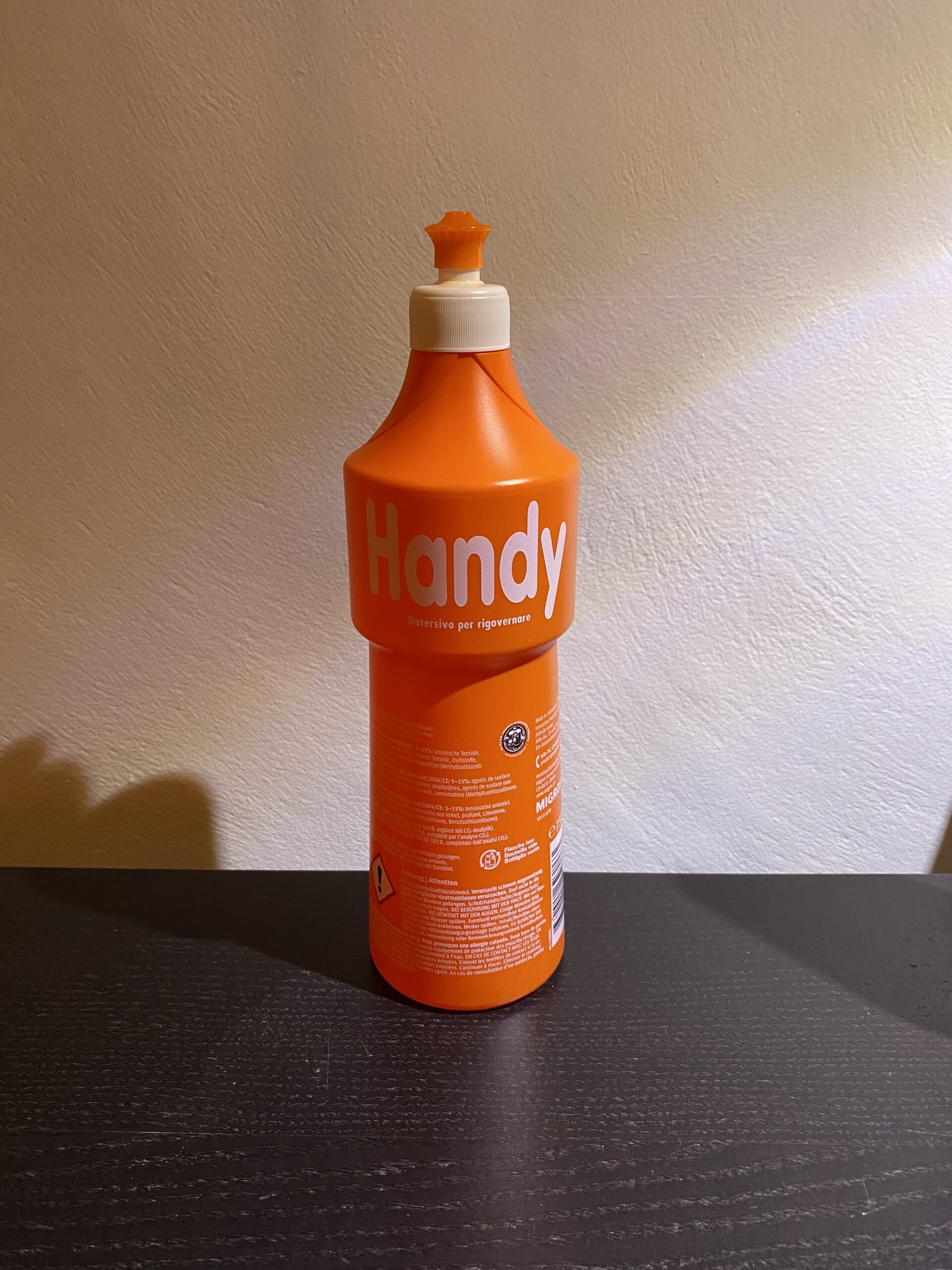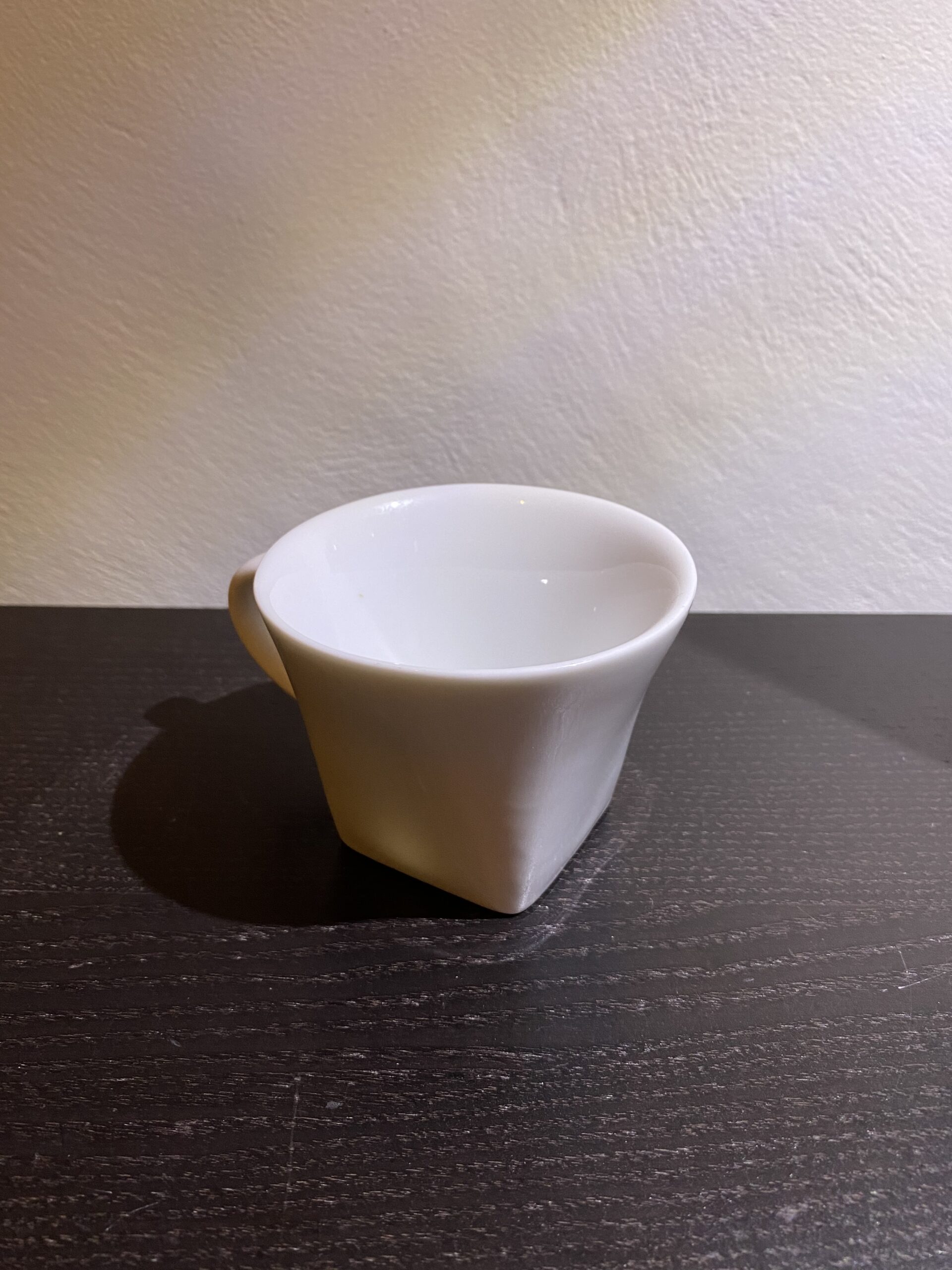Now that the course is over, I wanted to reflect on what I had learned, where I had improved, and also what I still need work on.
Firstly, it undeniably helped me in terms of practice. I had a tendency to learn something, and then not do any of it until I needed it for a project, but that meant I didn’t know as much, or didn’t have as much experience with it. So being forced to practice different drawing techniques regularly really showed me the importance of practice. It’s fun seeing how some later drawings in the course look compared to ones from the start, which at the time I thought were the best I could get.
The course also made me go outside my comfort zone more. It forced me to try more drawing techniques, and ones which I wasn’t comfortable with and tended to avoid like perspective. It also forced me to try new ones, like the rotated plan method. However, I feel I still tend to stick to one or just a few styles, and easily be afraid of techniques I’m less comfortable with, so I definitely to keep practicing different things, in order to be more open in that sense.
And though I should try different things, I’m happy I’ve maybe started developing my personal style, which is really fun to see looking back at my work. I feel it gives the different things I did somewhat of a coherence, and I definitely want to keep exploring that, whilst of course still trying different techniques and styles.
This course also made me collaborate with others in the focus groups project, and encouraged me to interact with others throughout other projects. This was so interesting as it allowed me to get some really interesting ideas and perspectives. I have a tendency to avoid group work, but I really want to force myself to do this more as it can be really insightful and useful.
Finally, another really useful thing this course did is give me a better understanding of some processes. I often would practice with a drawing, or a prototype, or a single element, without really considering the full process. So drawing the iterative mugs and jugs, and then making the CAD model, or having to draw the rectilinear volume compositions after making them forced me to have that broader process view, which was really interesting and I think really good practice.




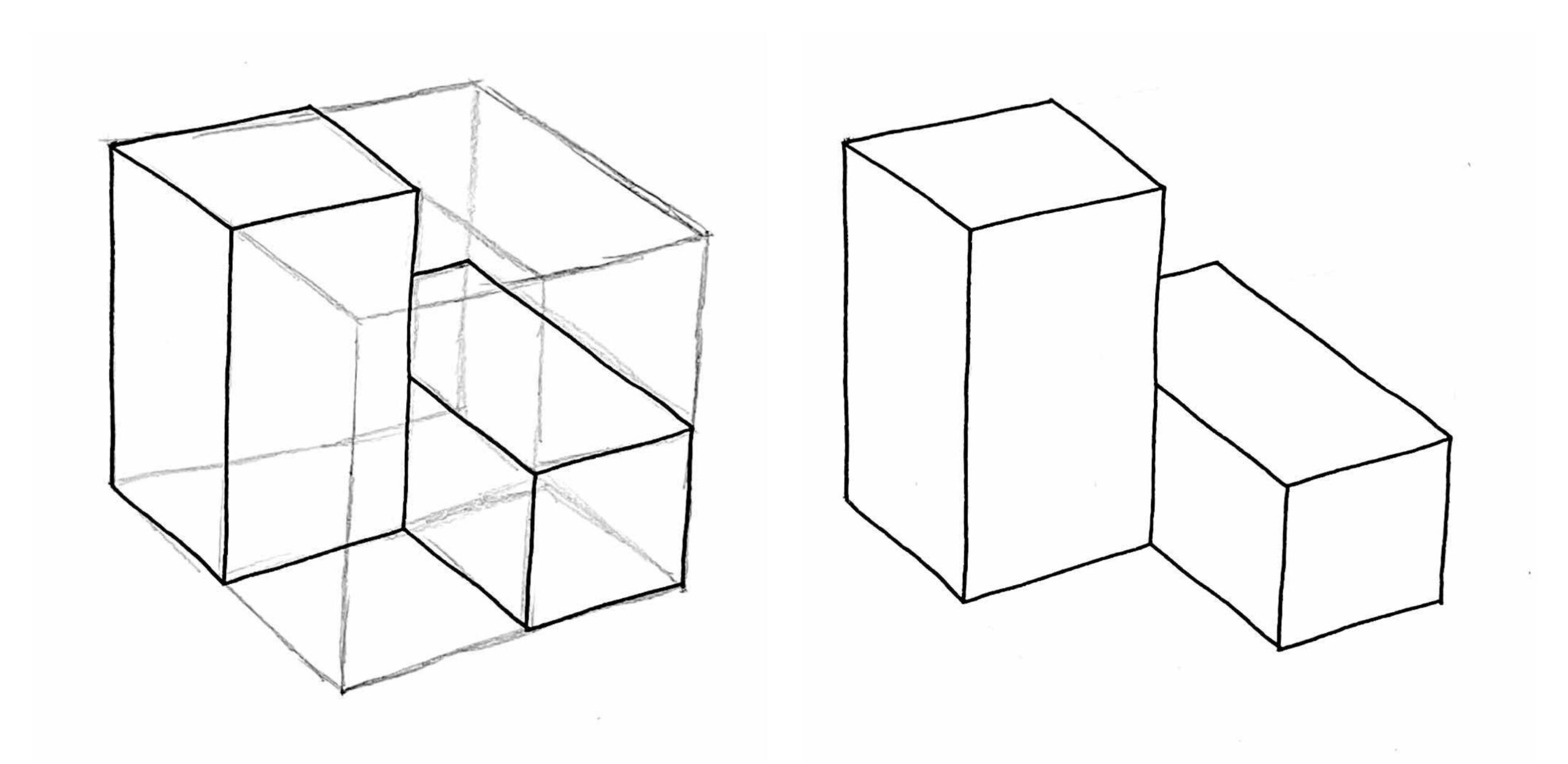
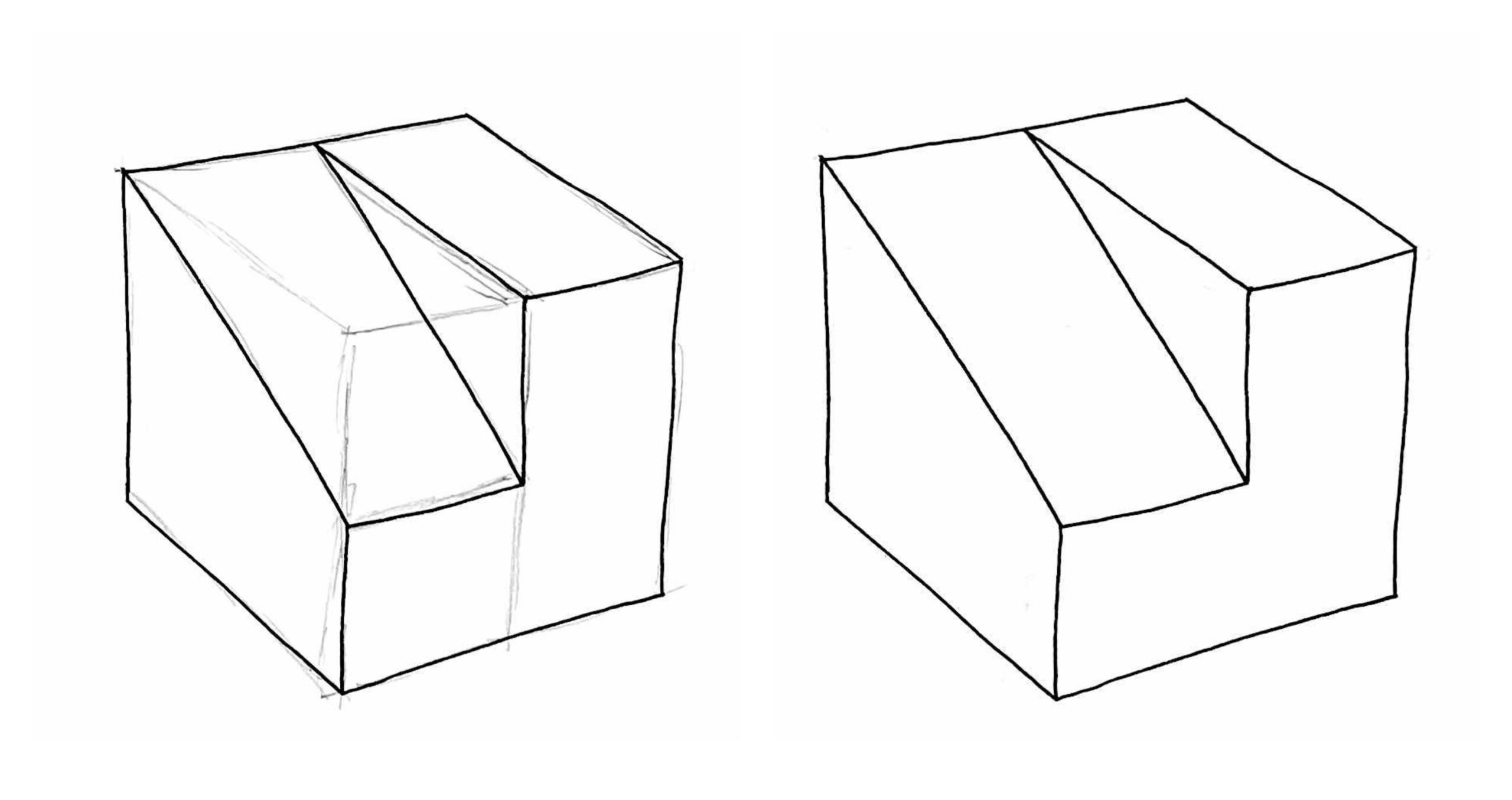
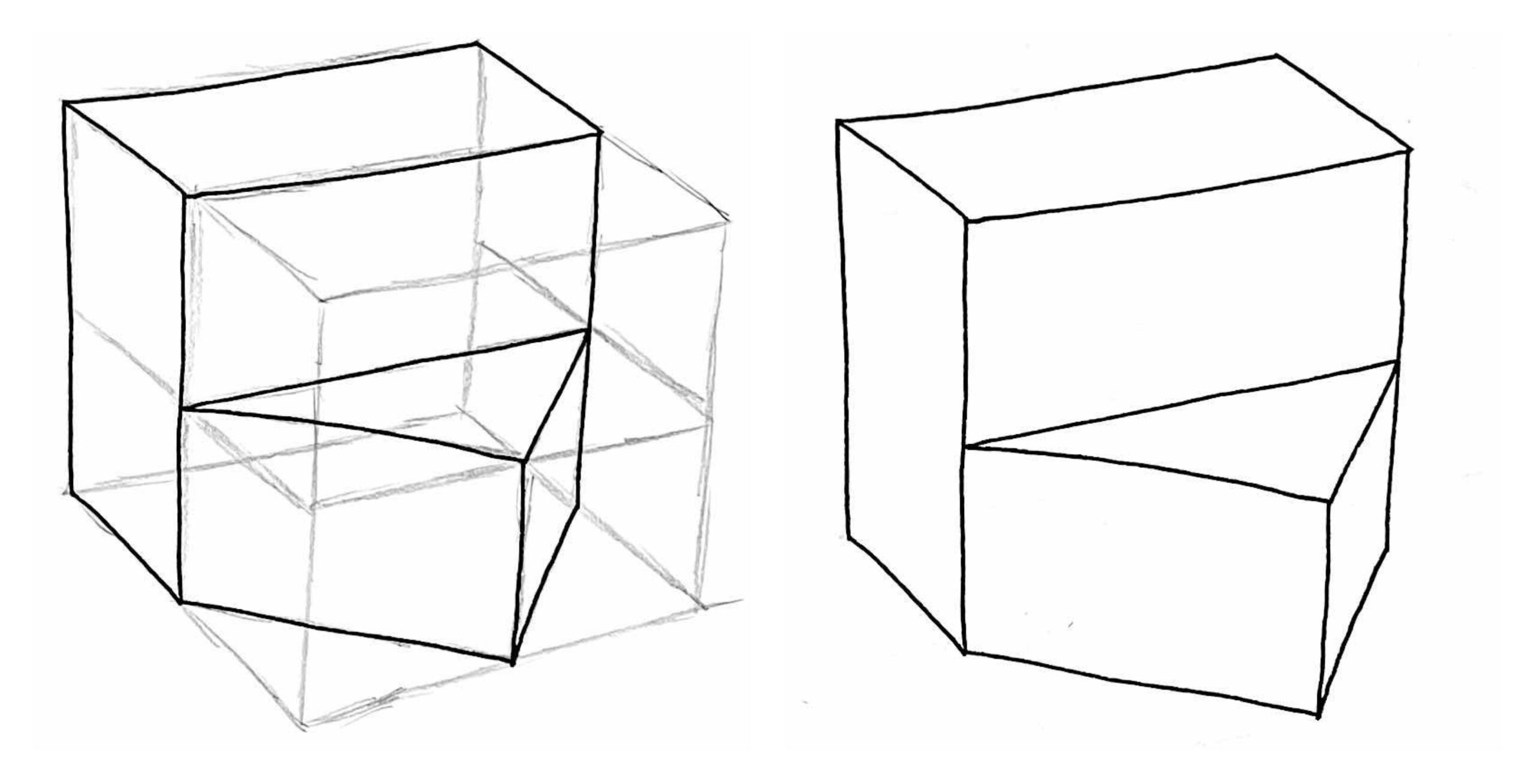
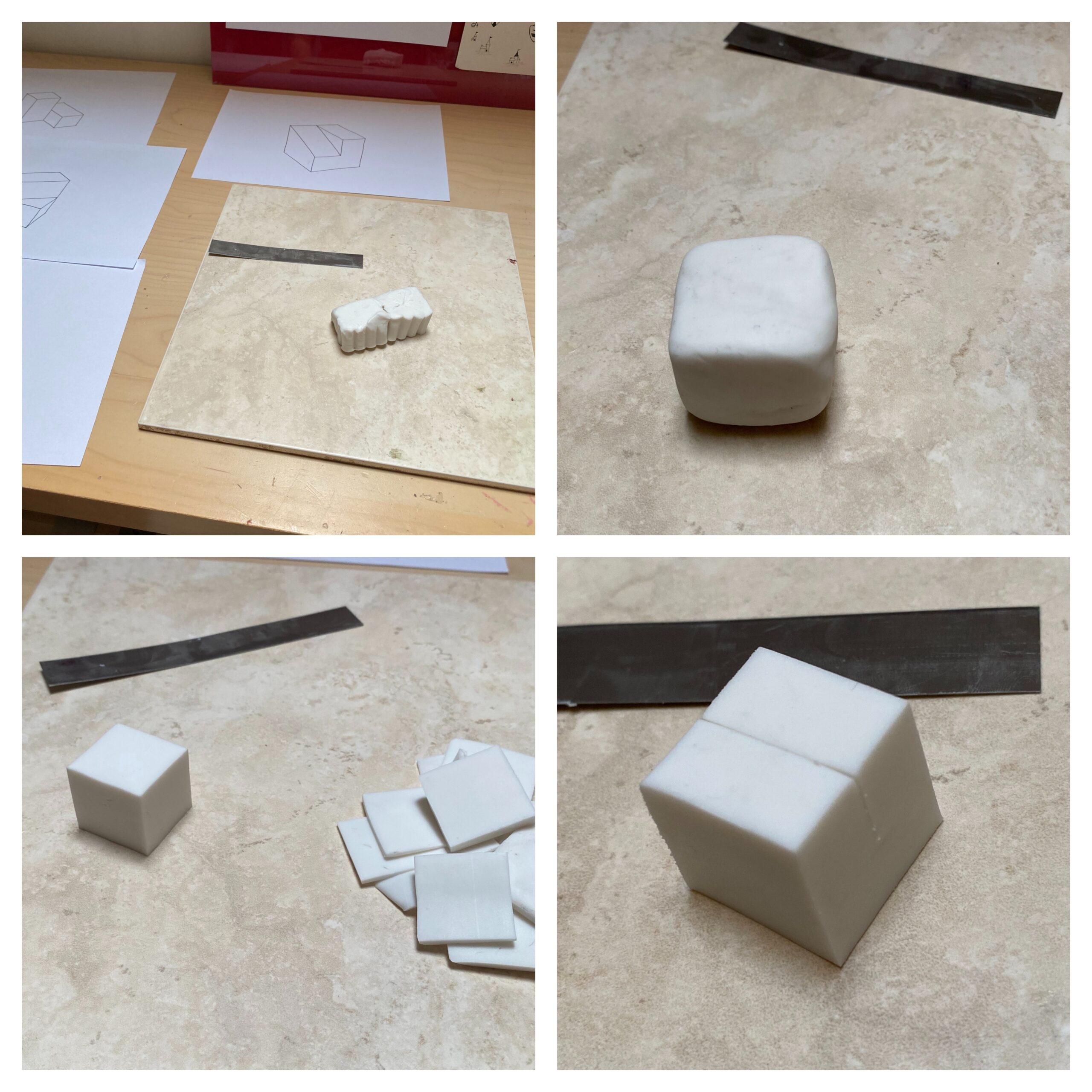

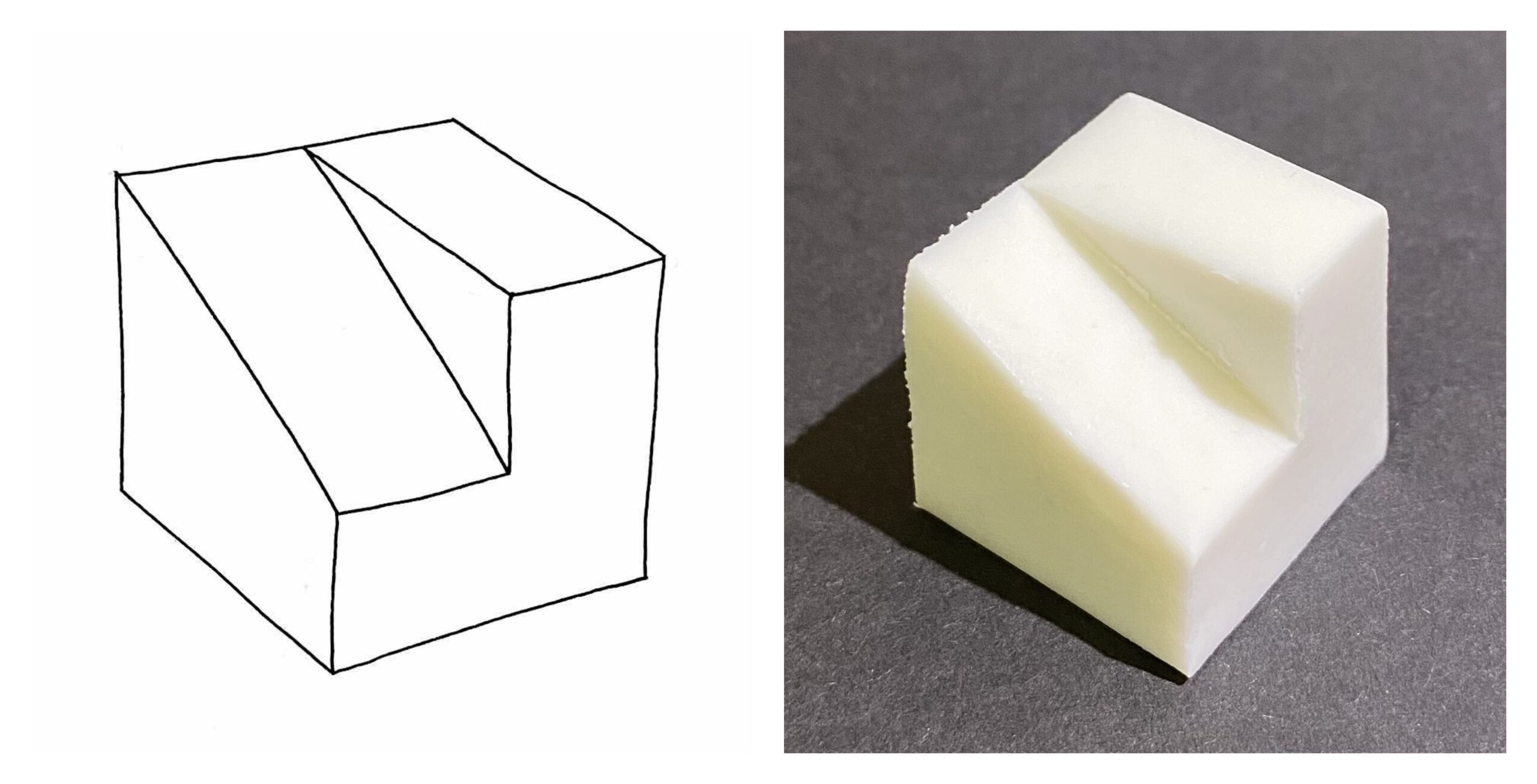
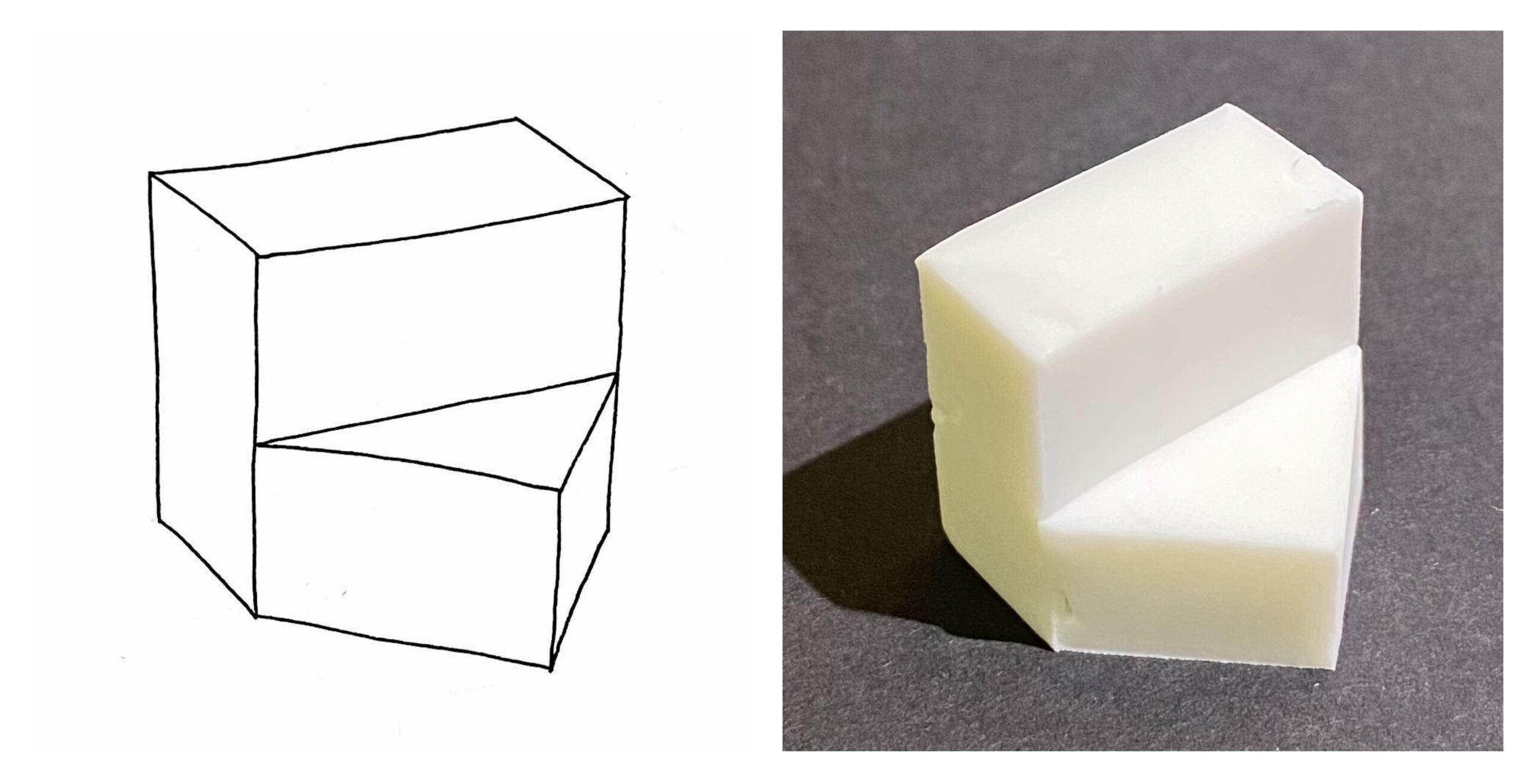
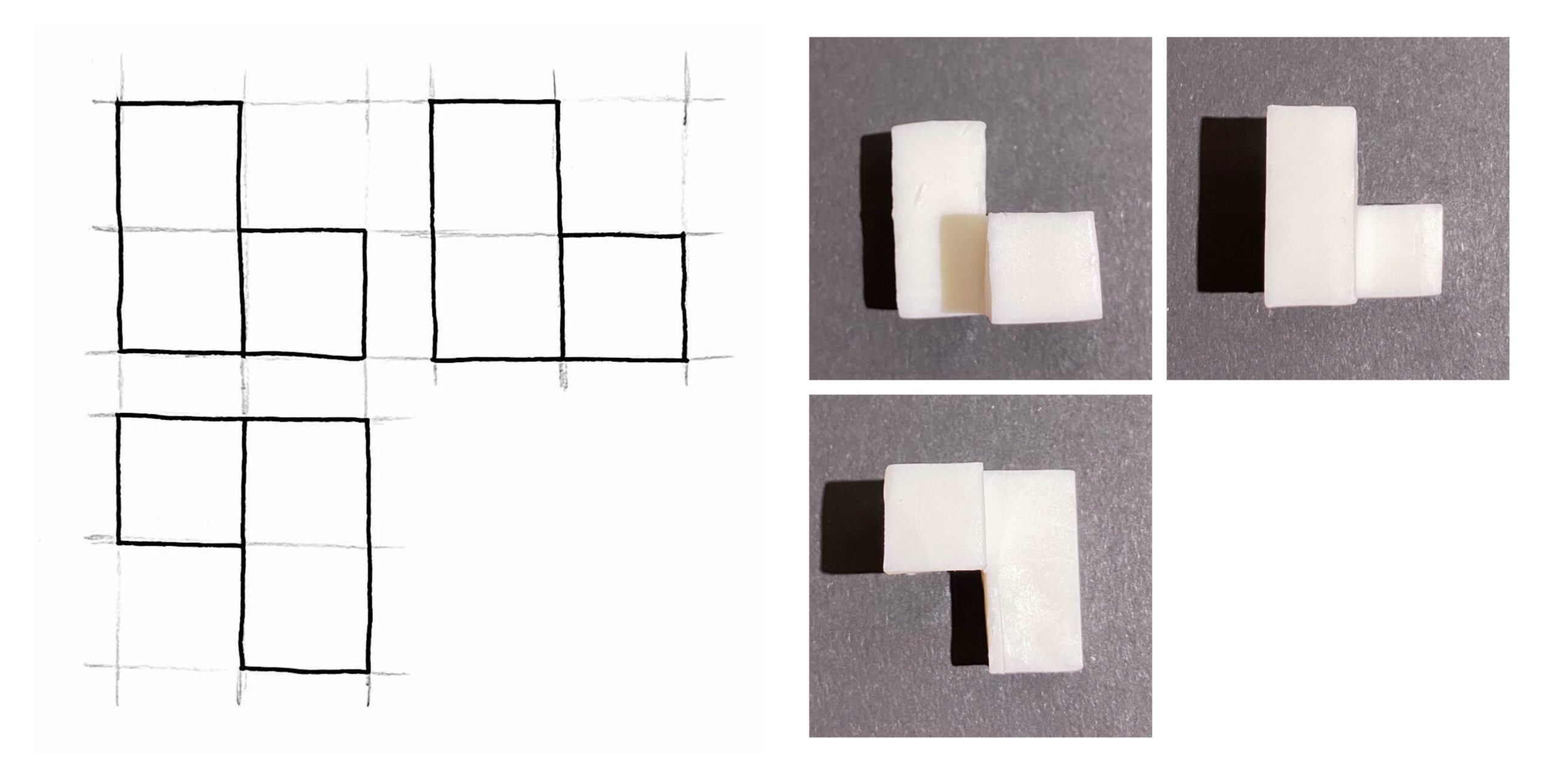
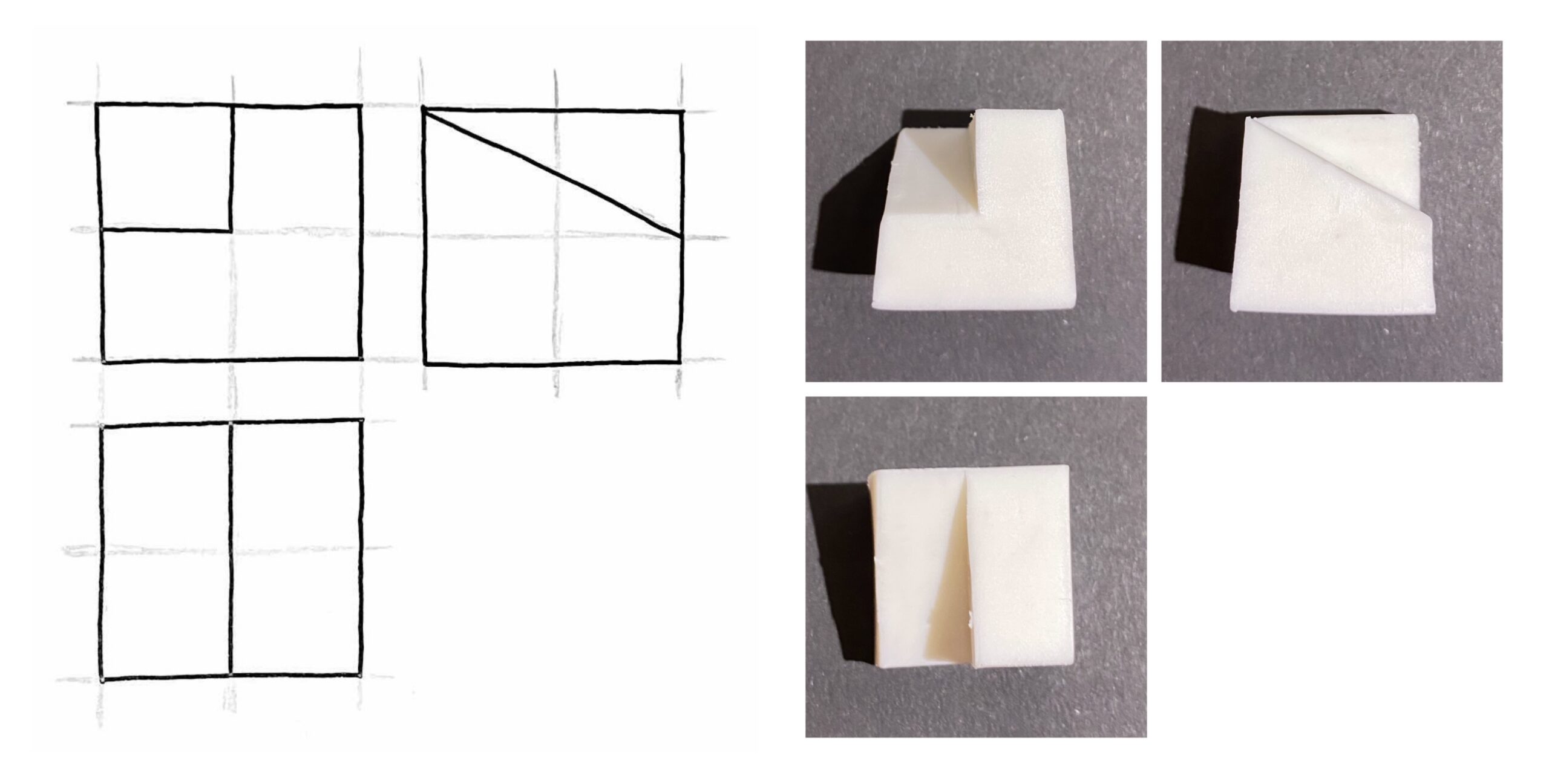



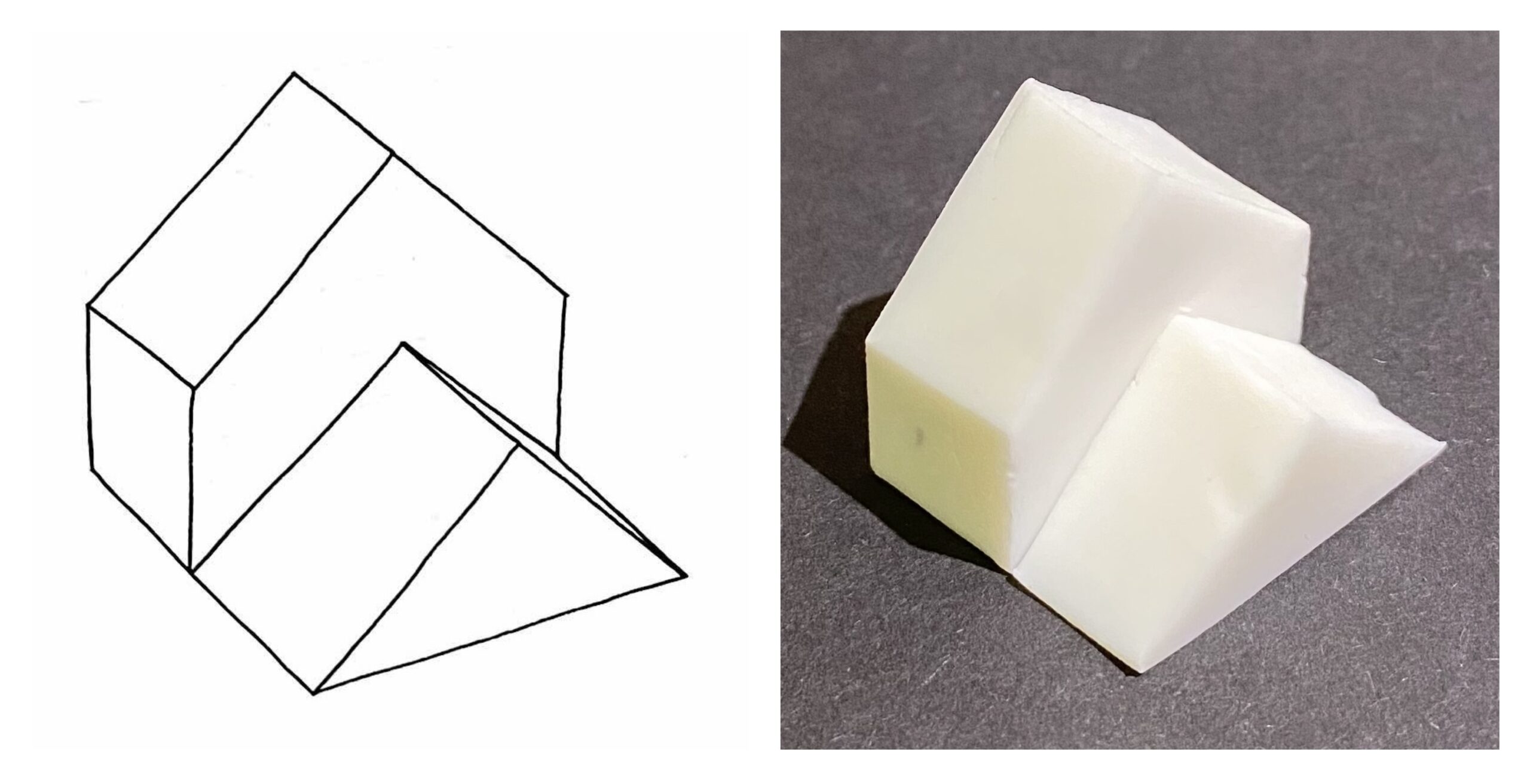
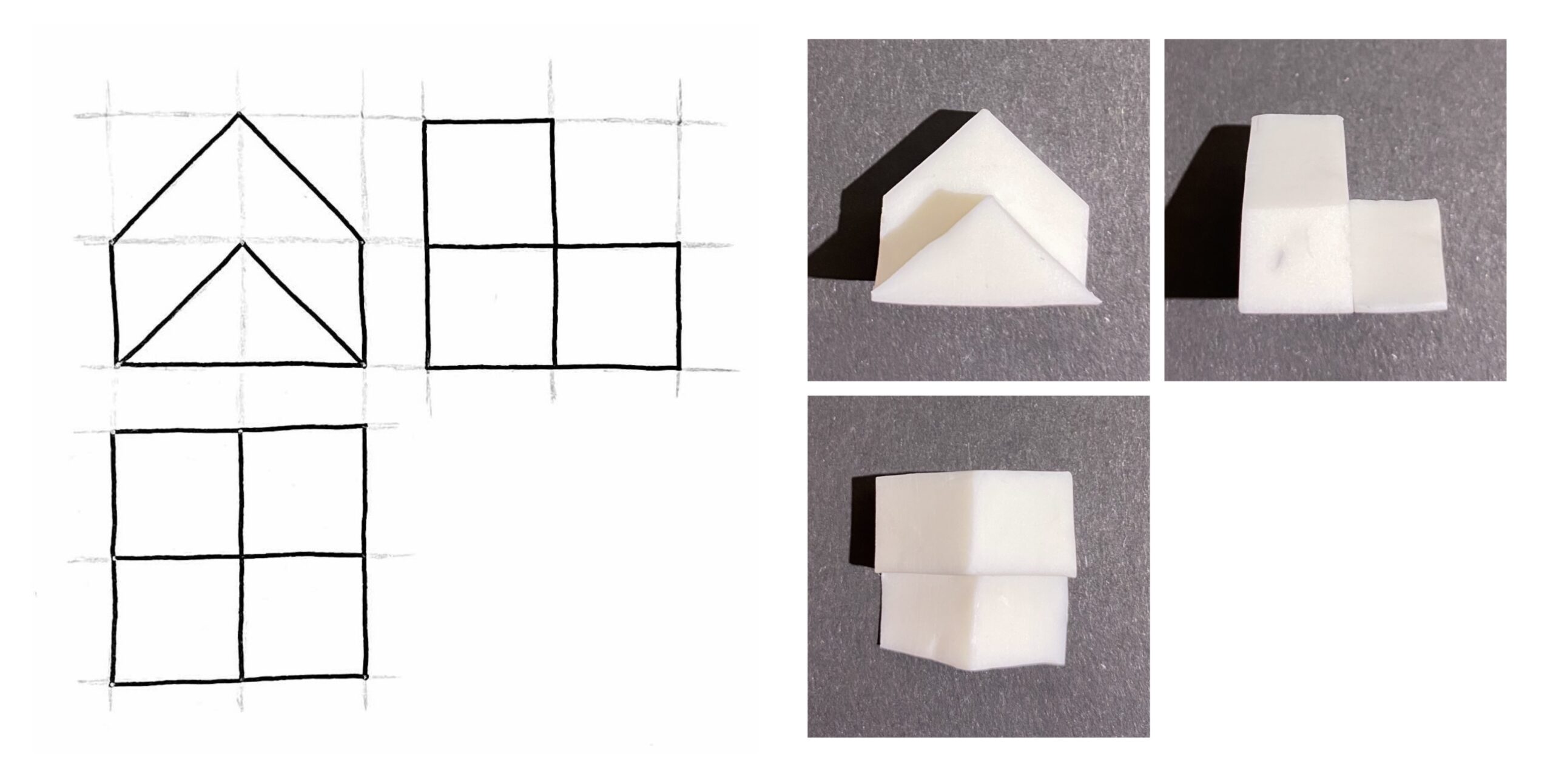



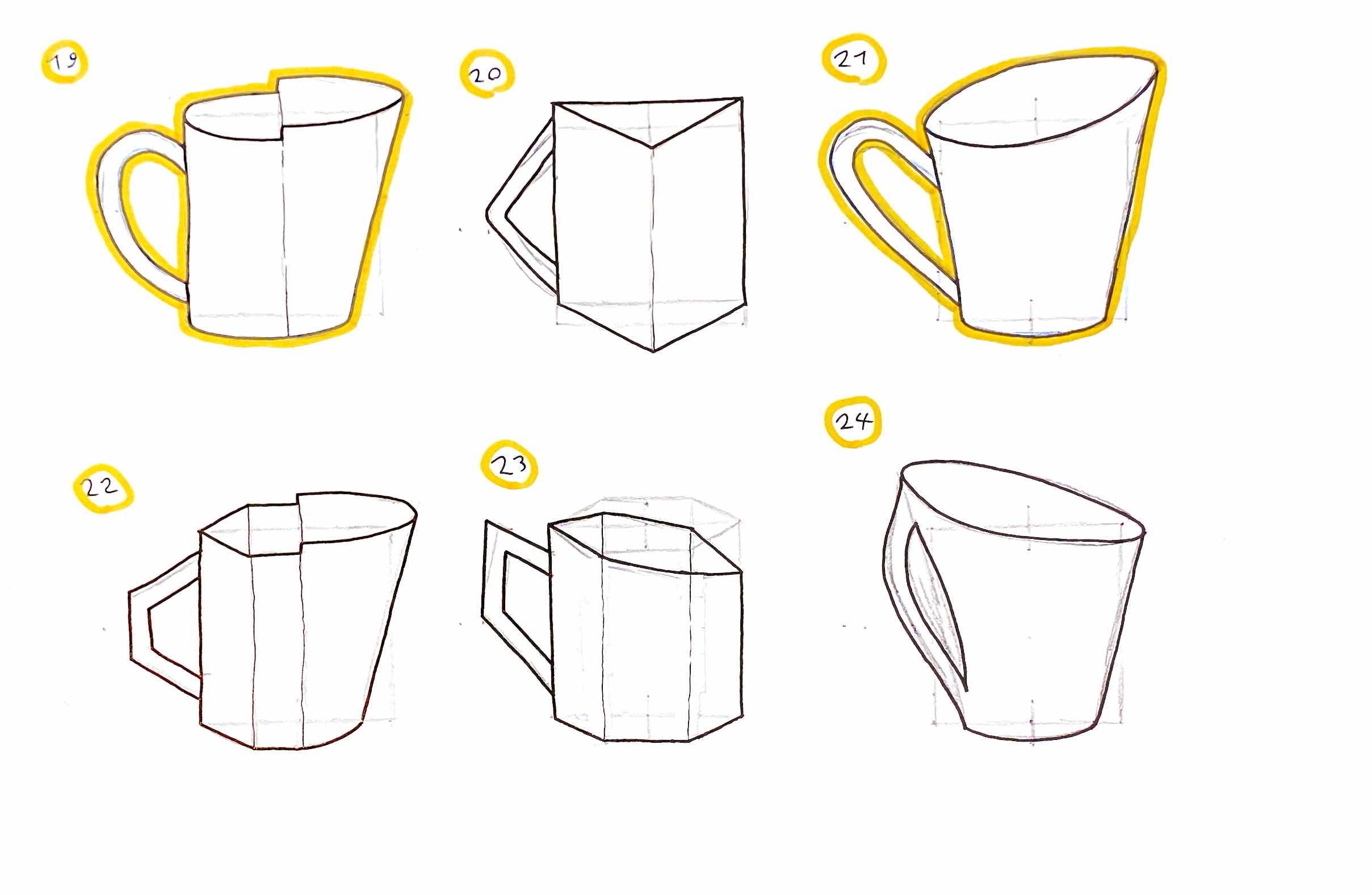
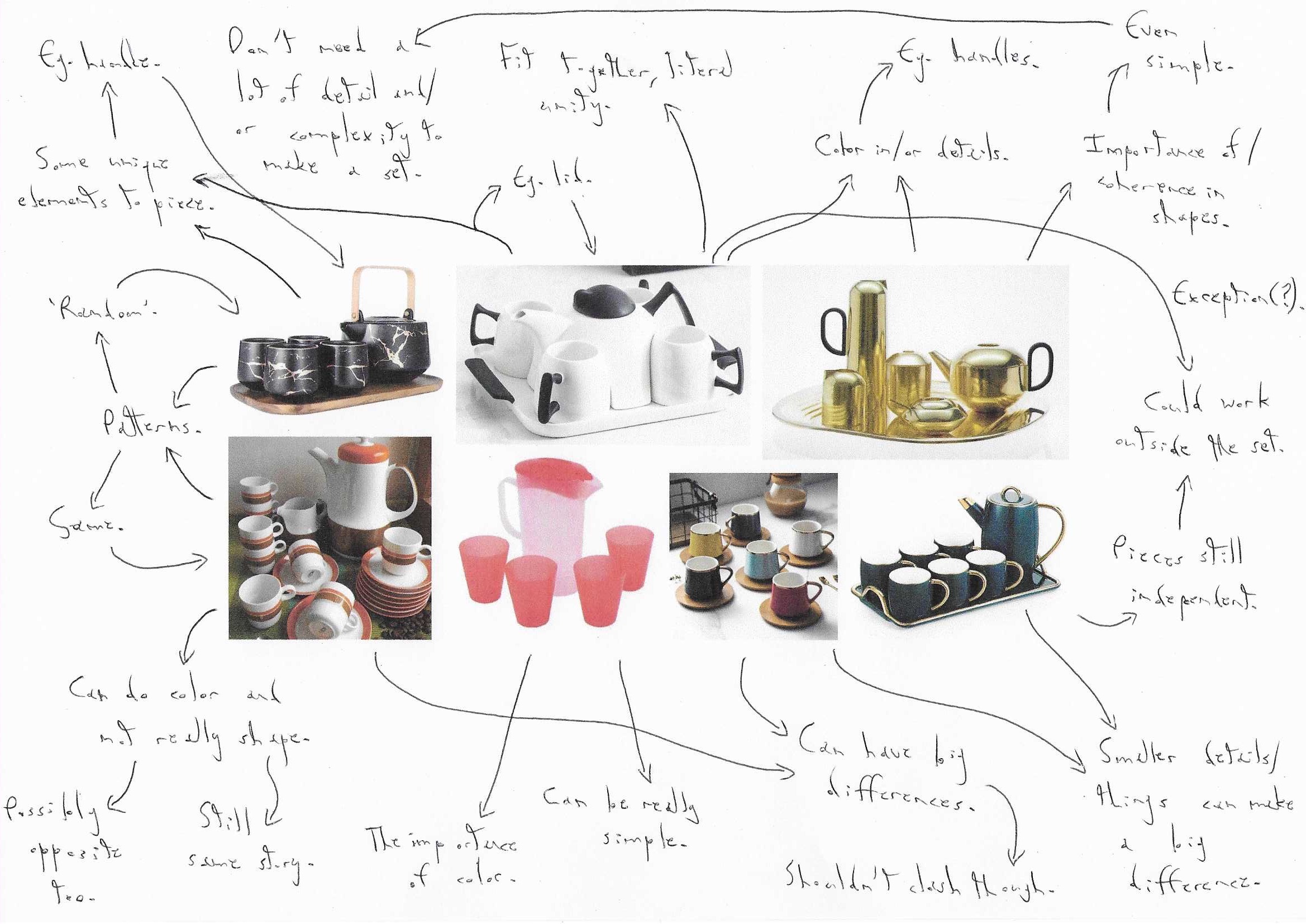


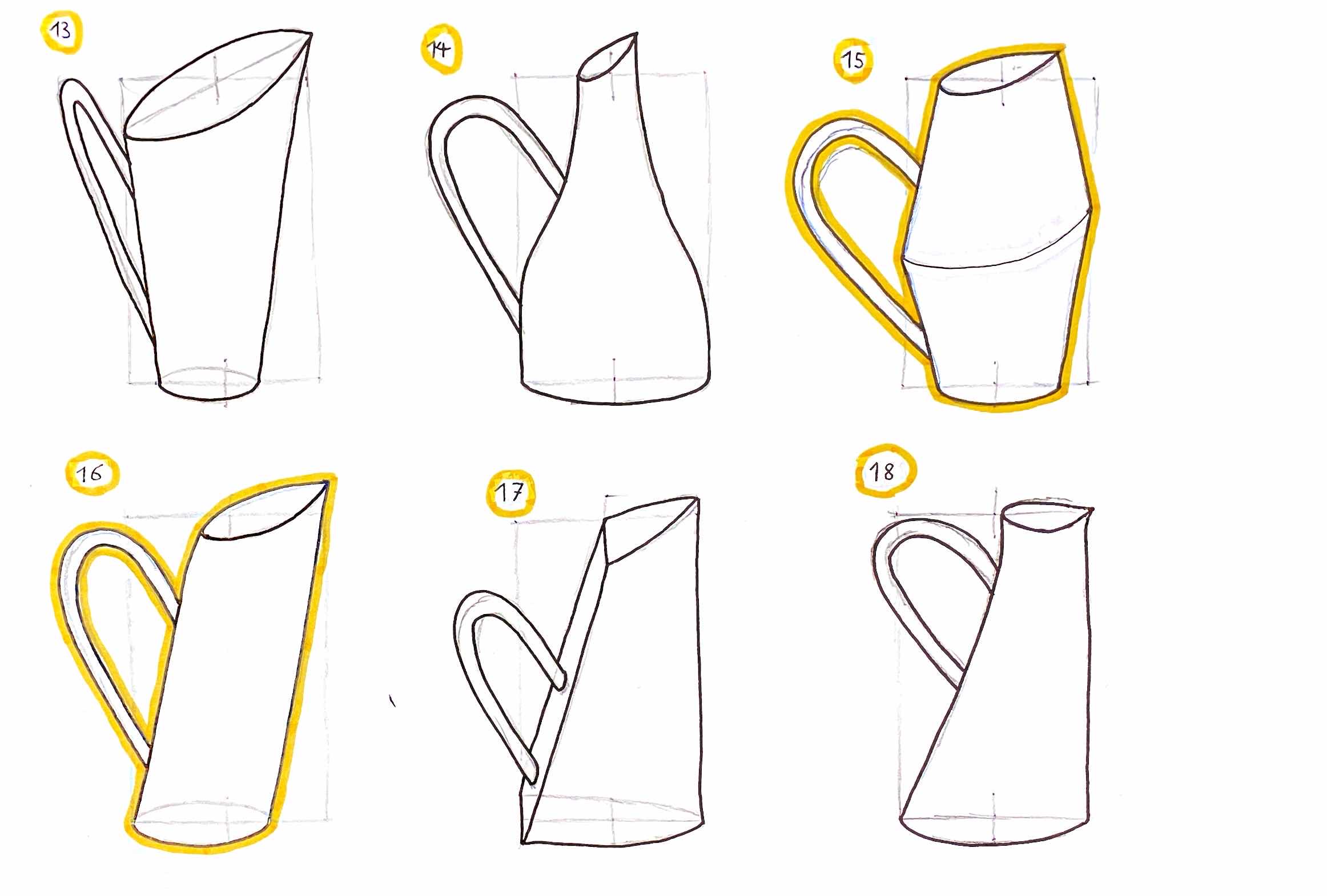




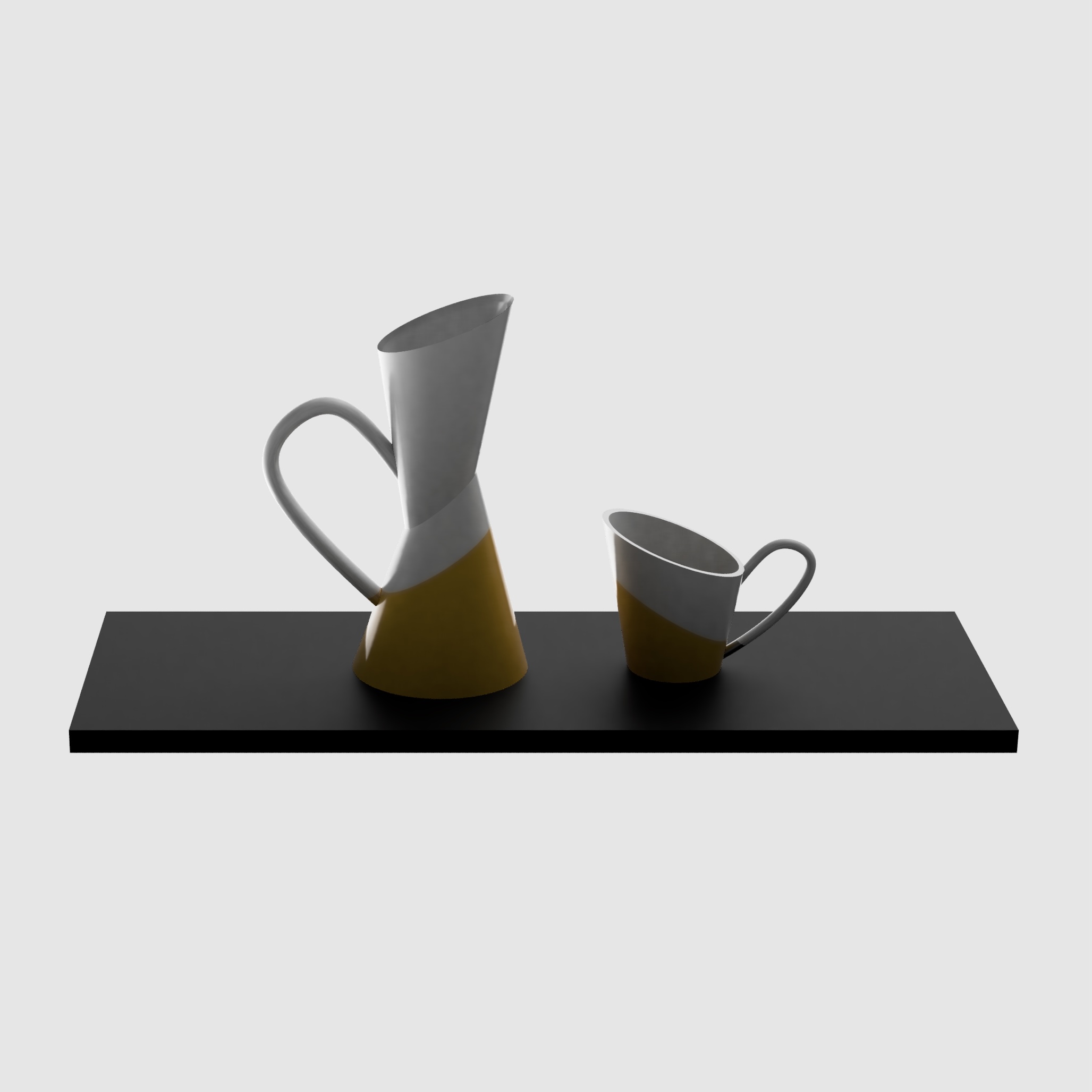

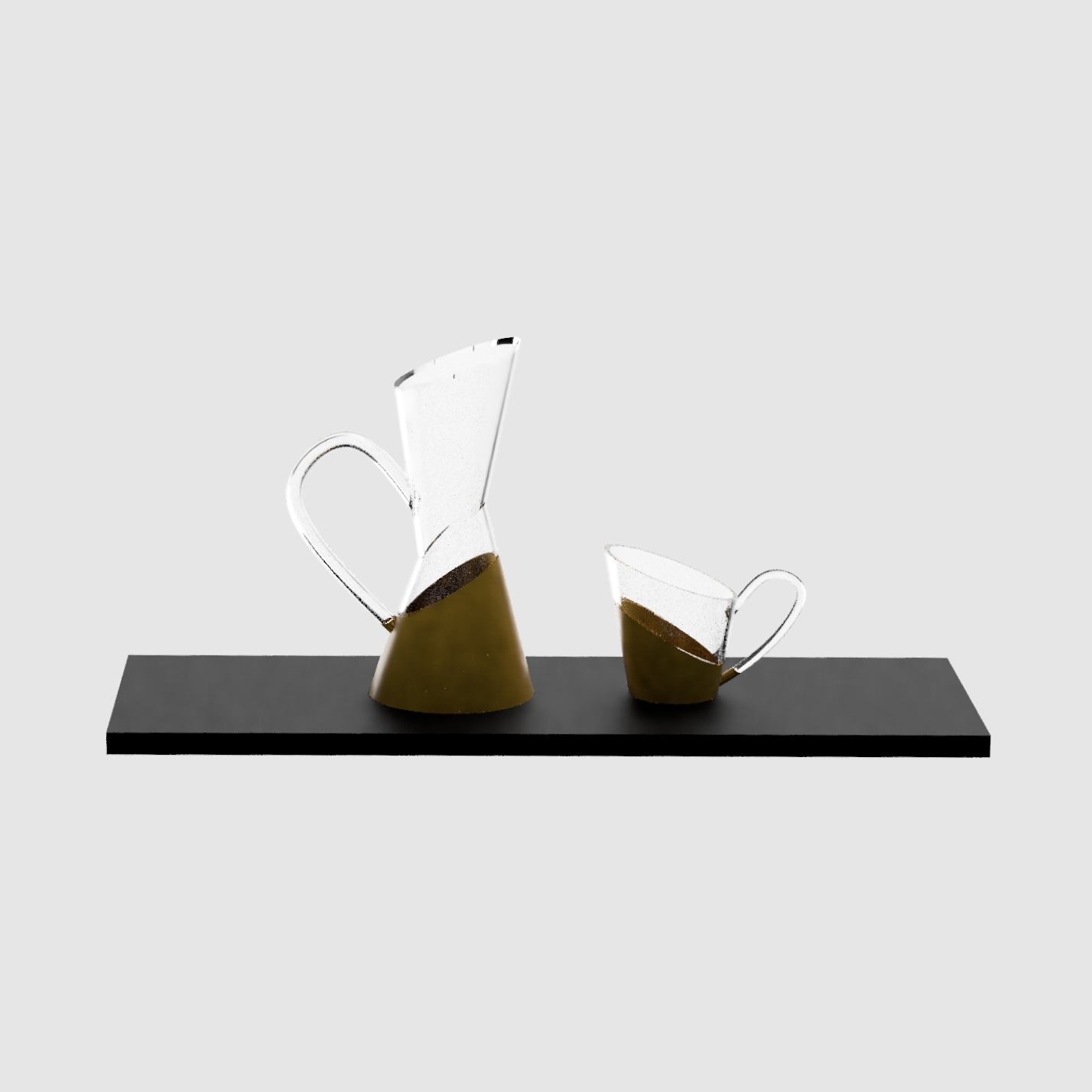




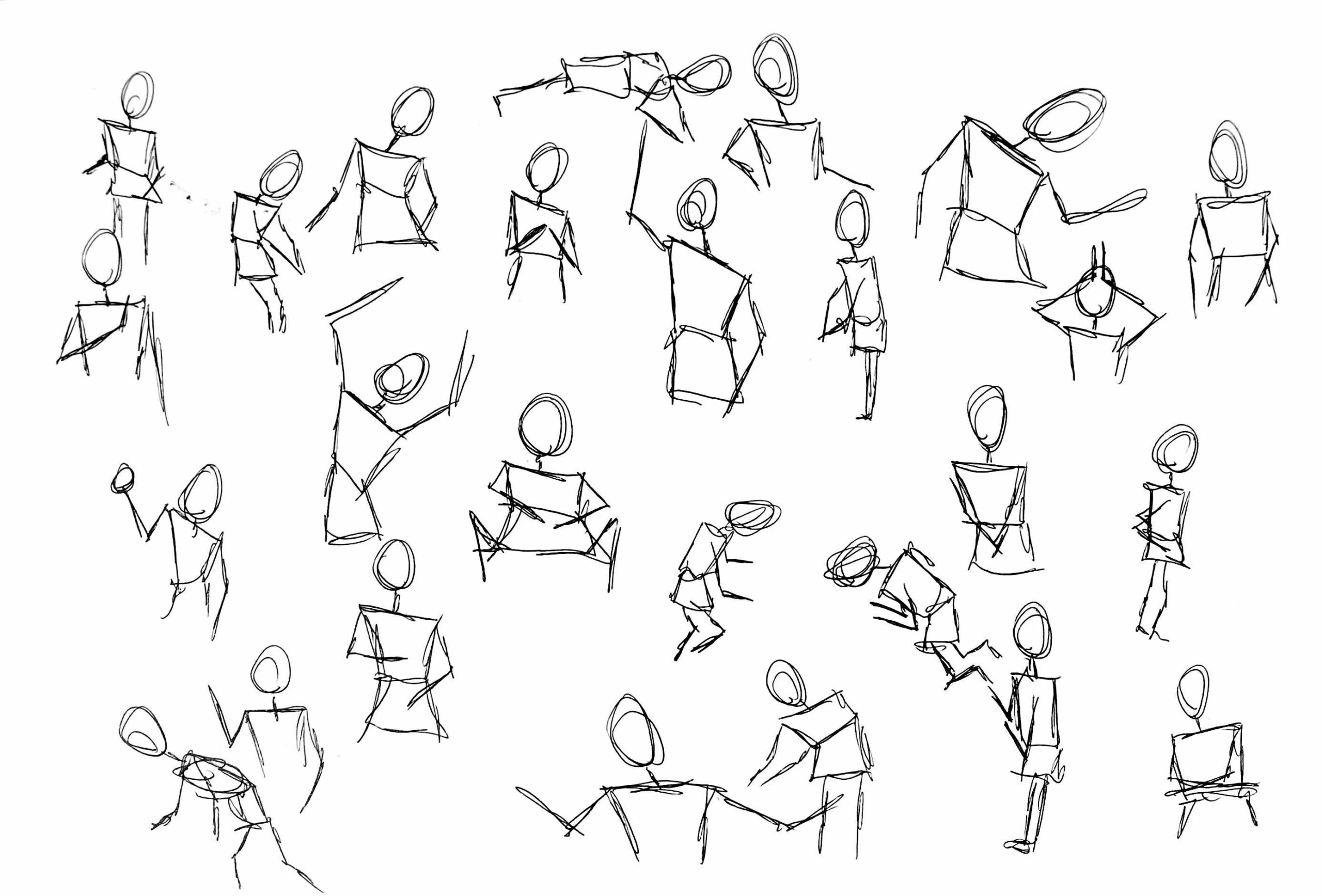
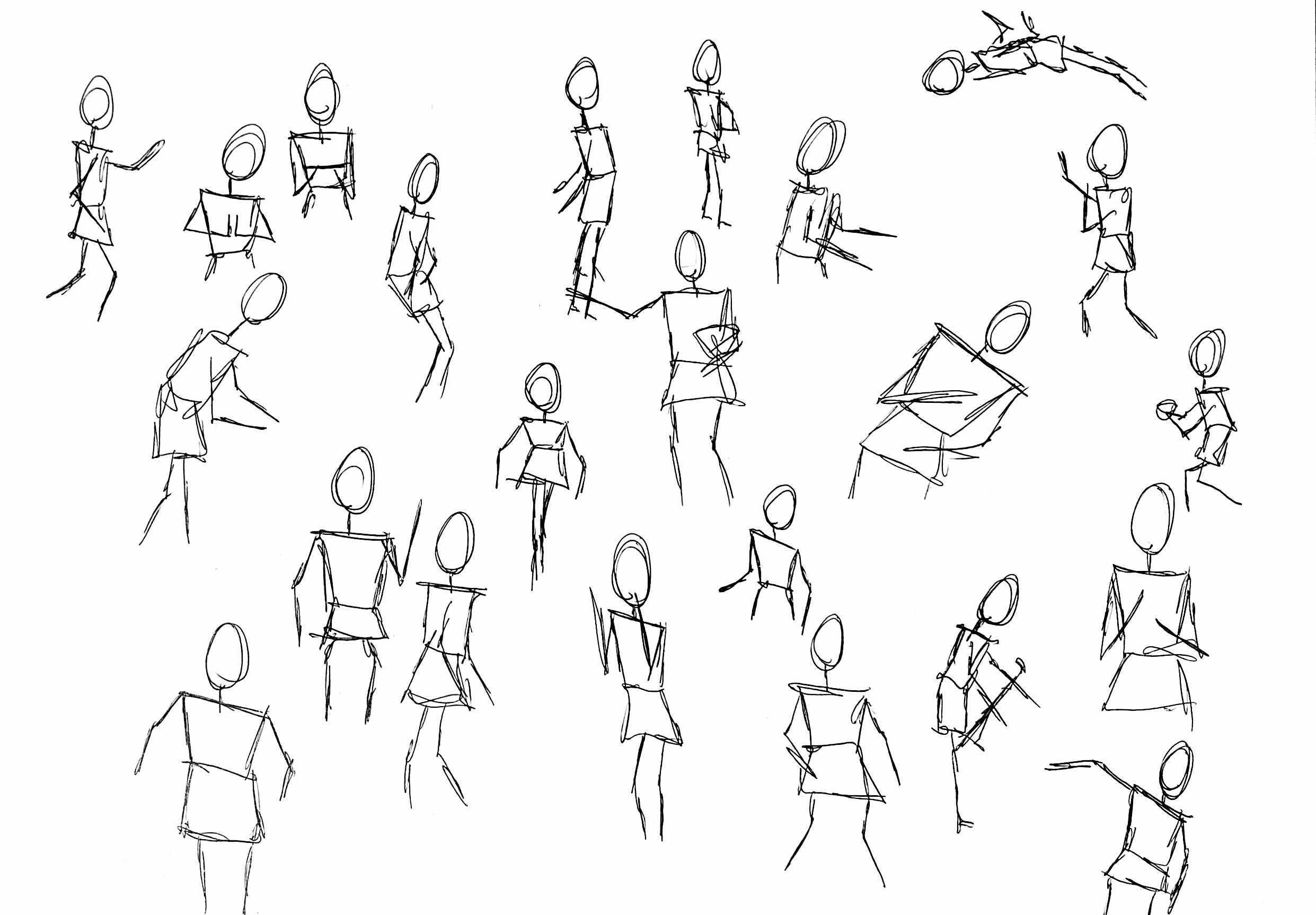
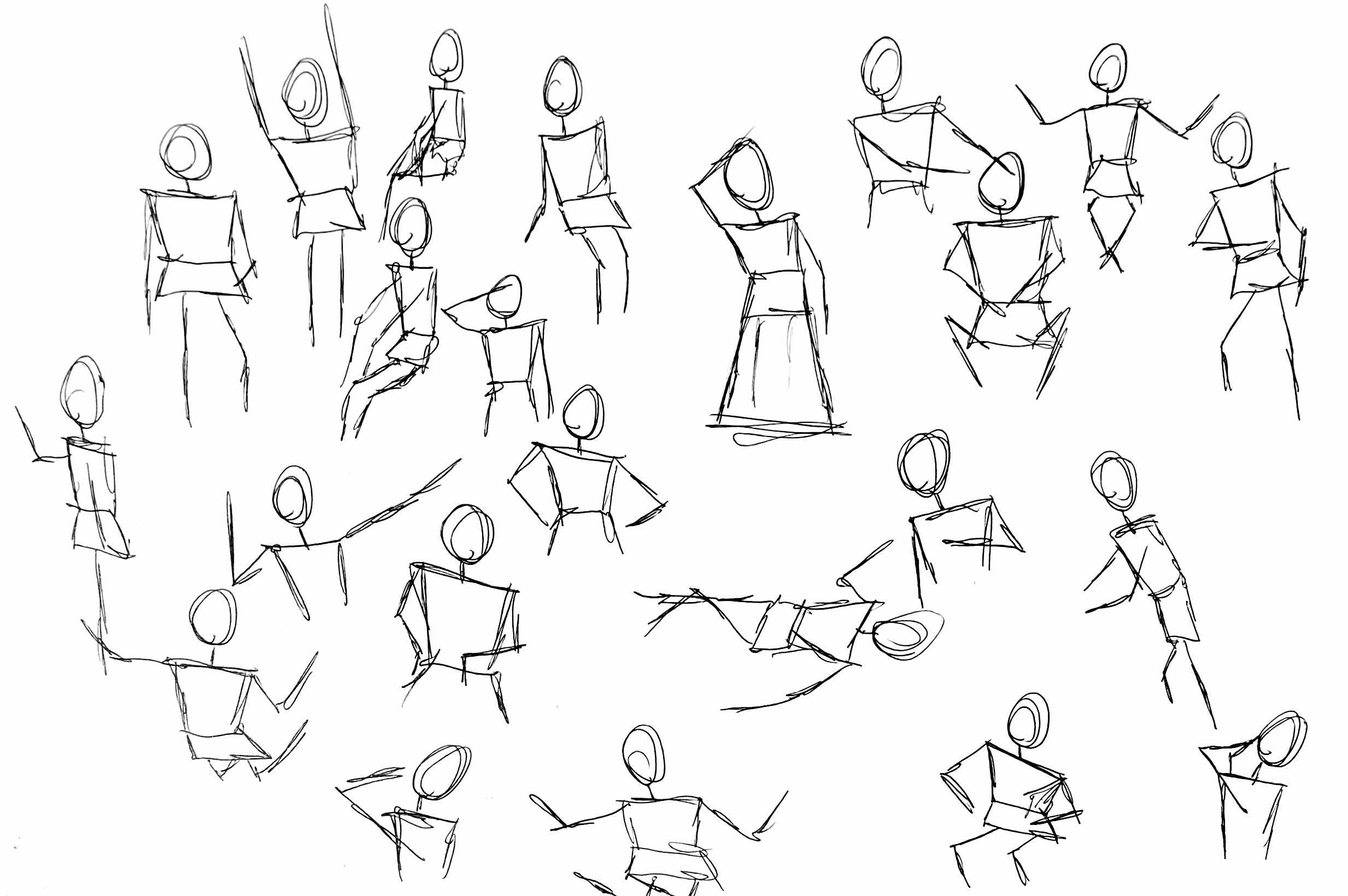

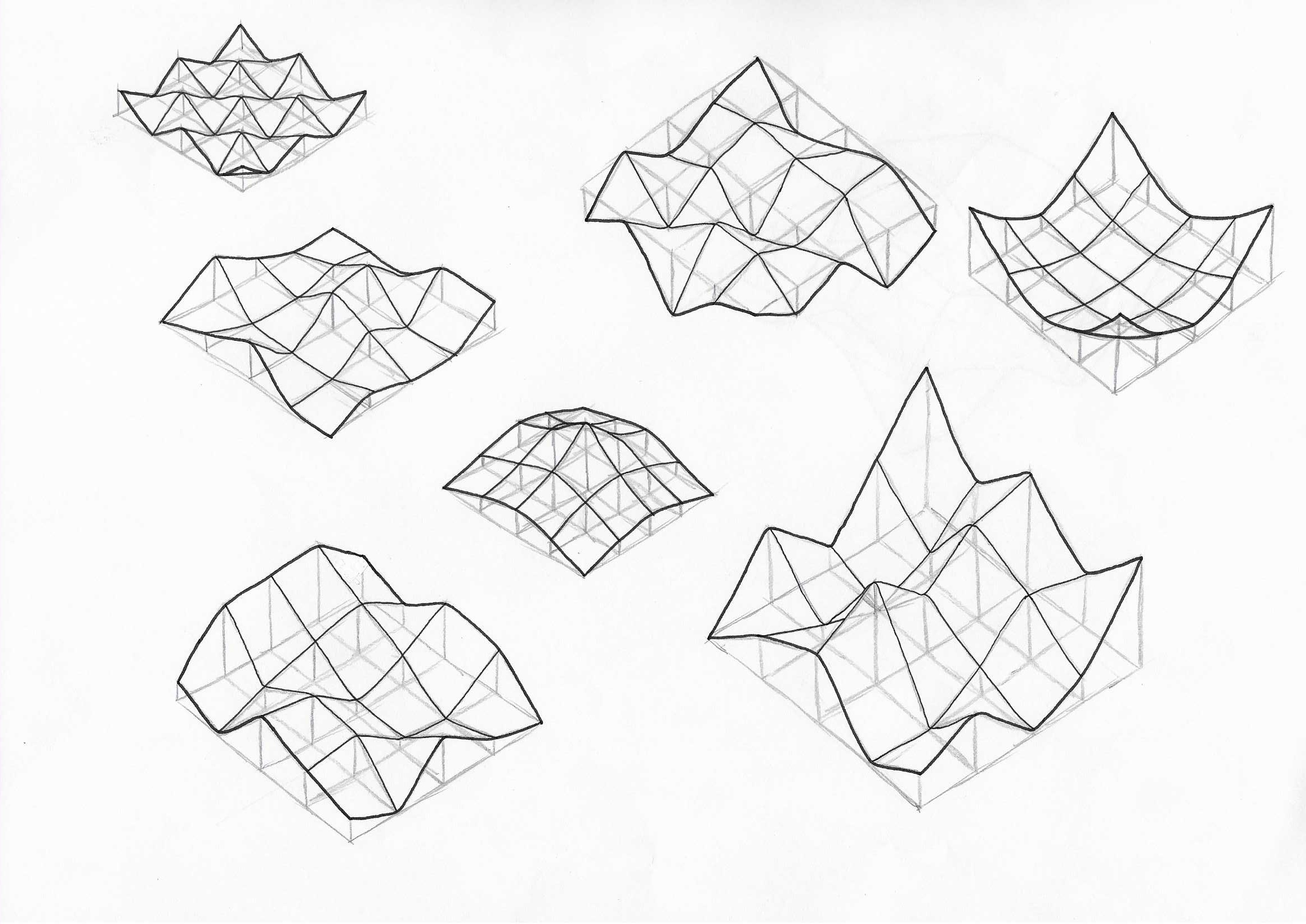


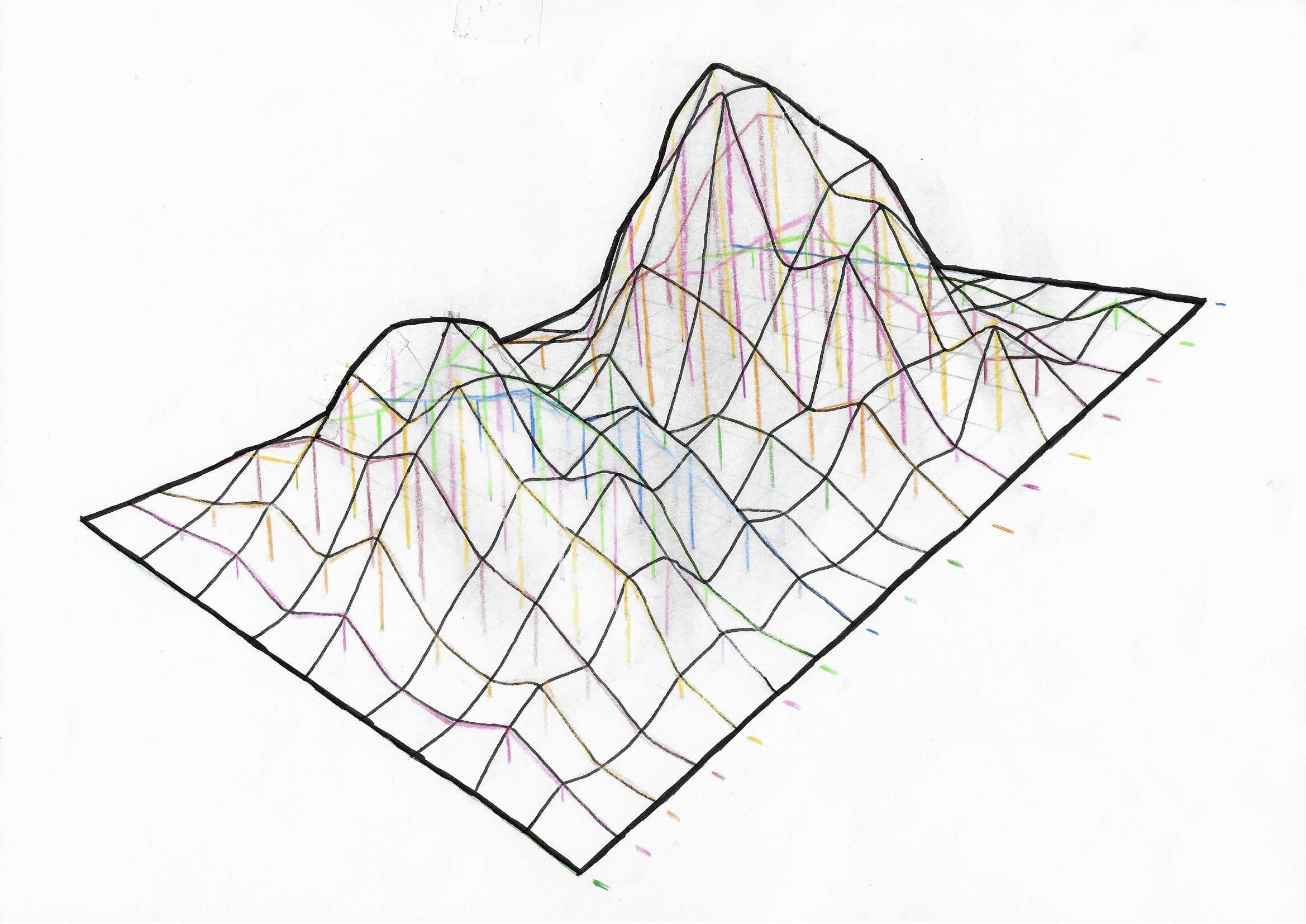
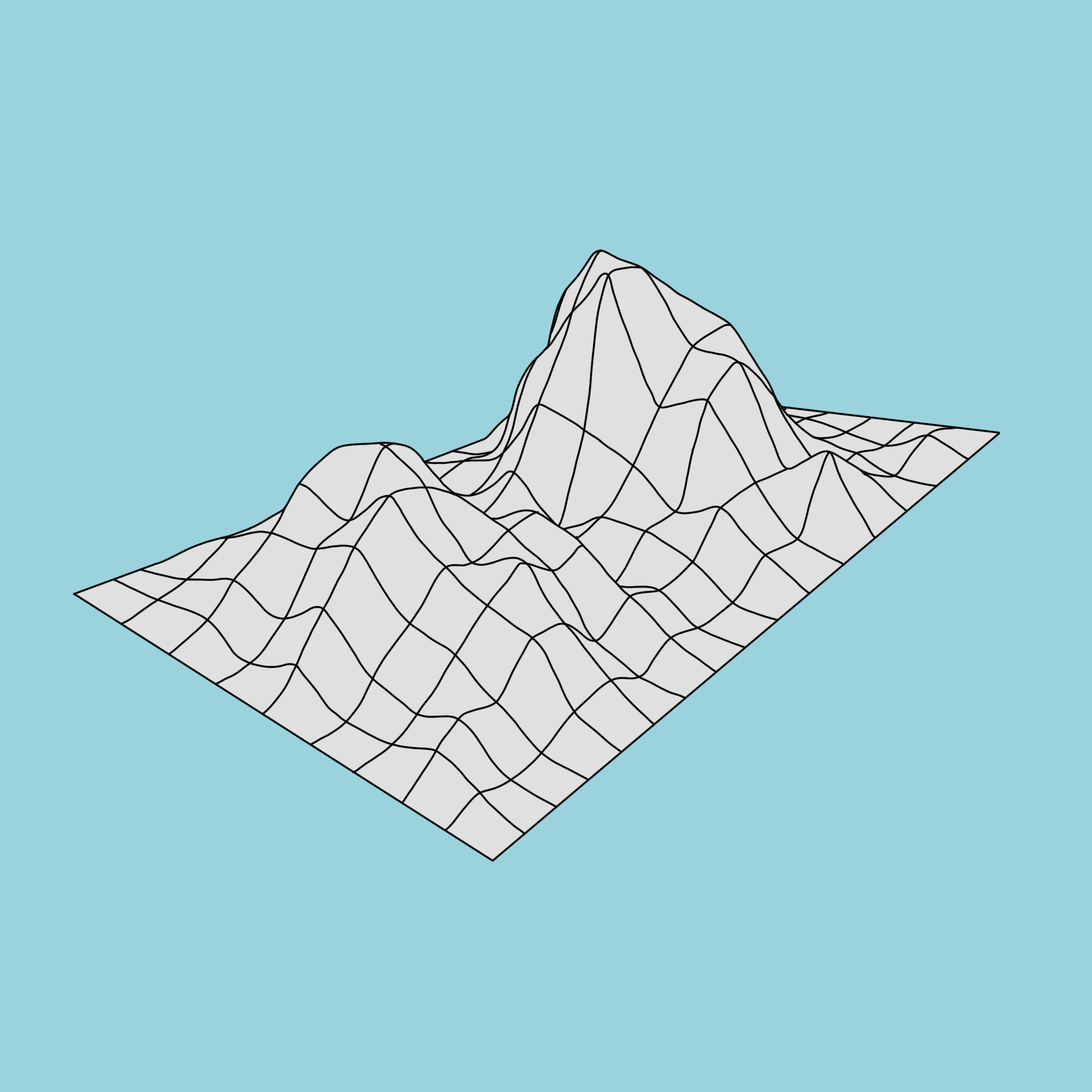
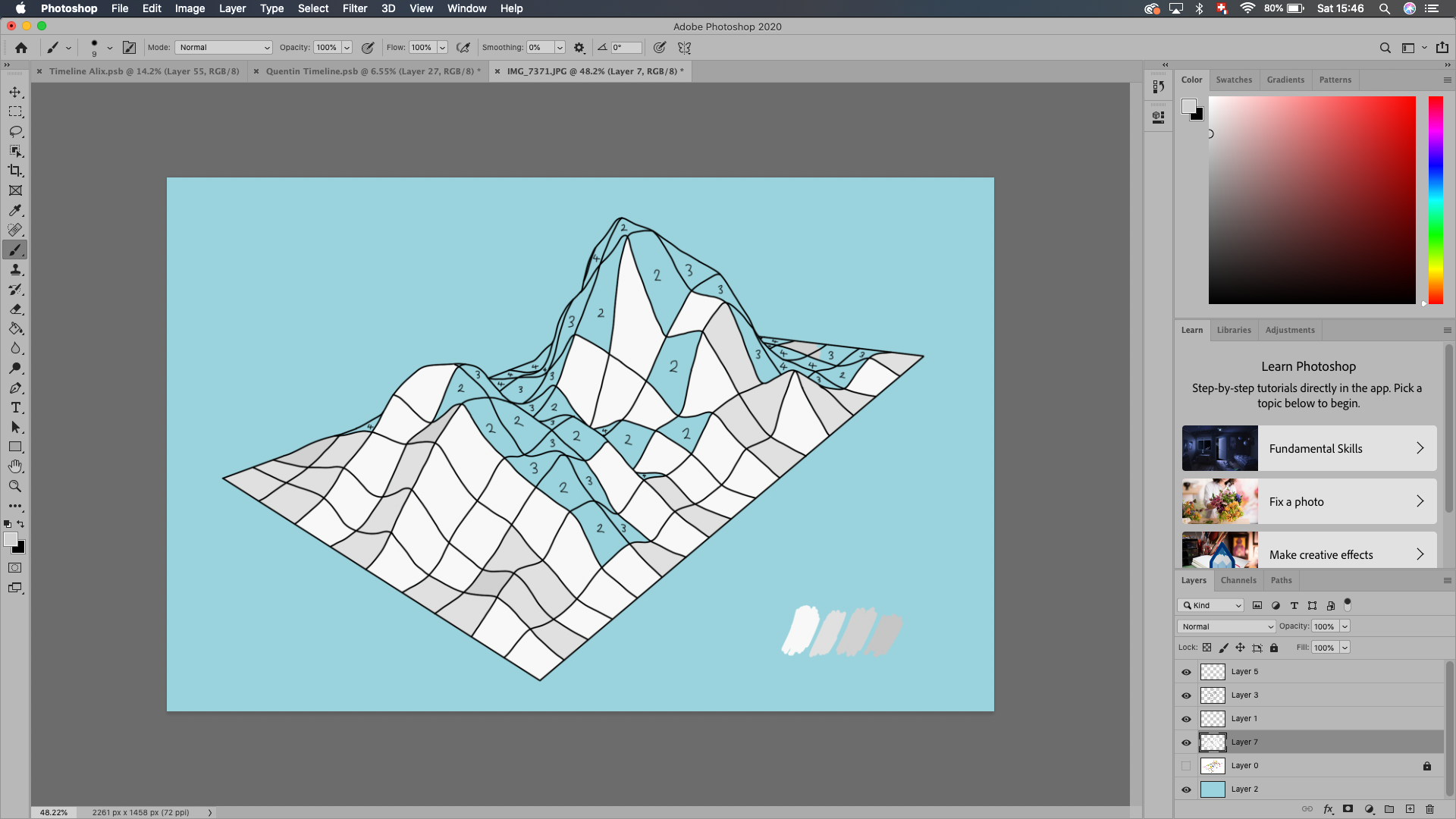
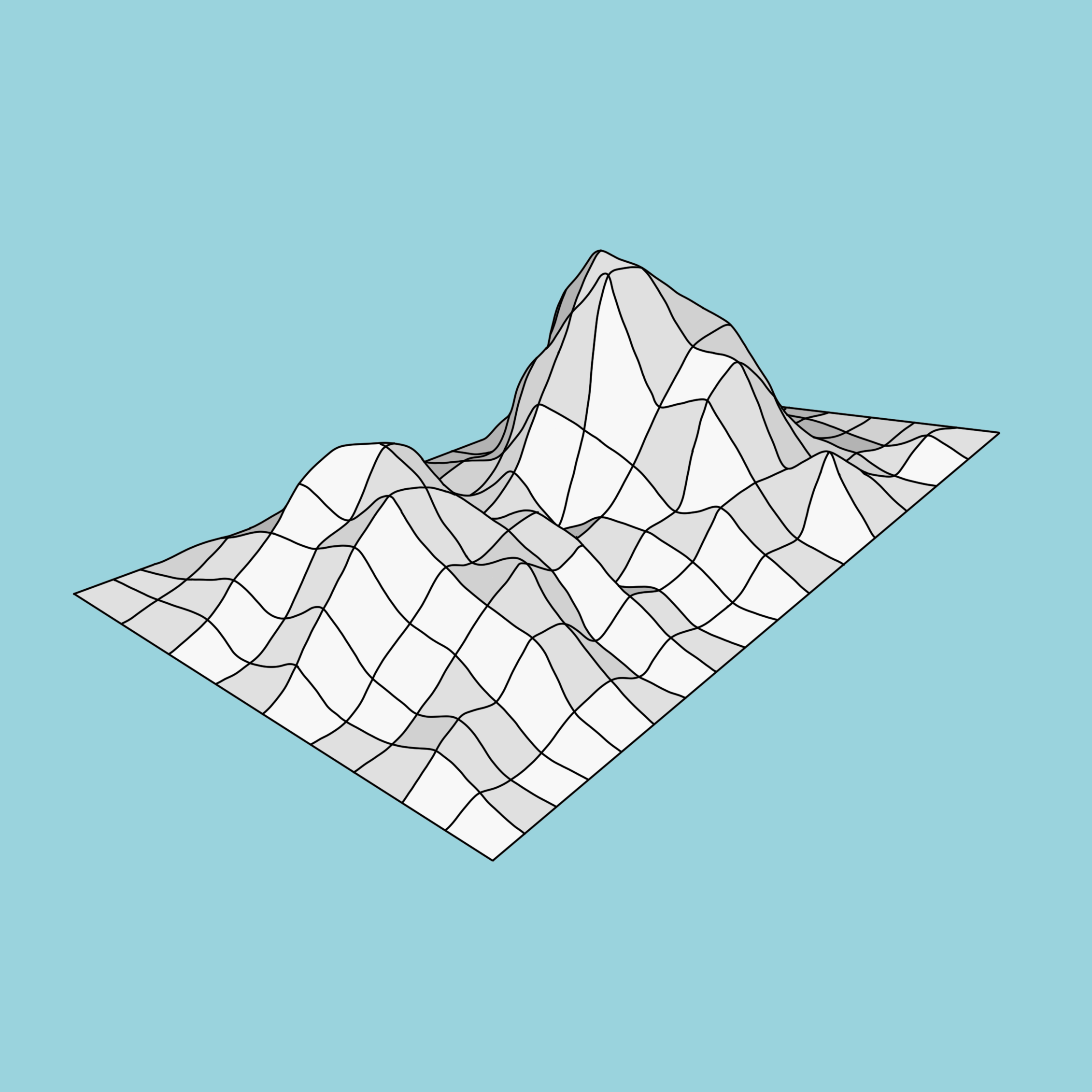
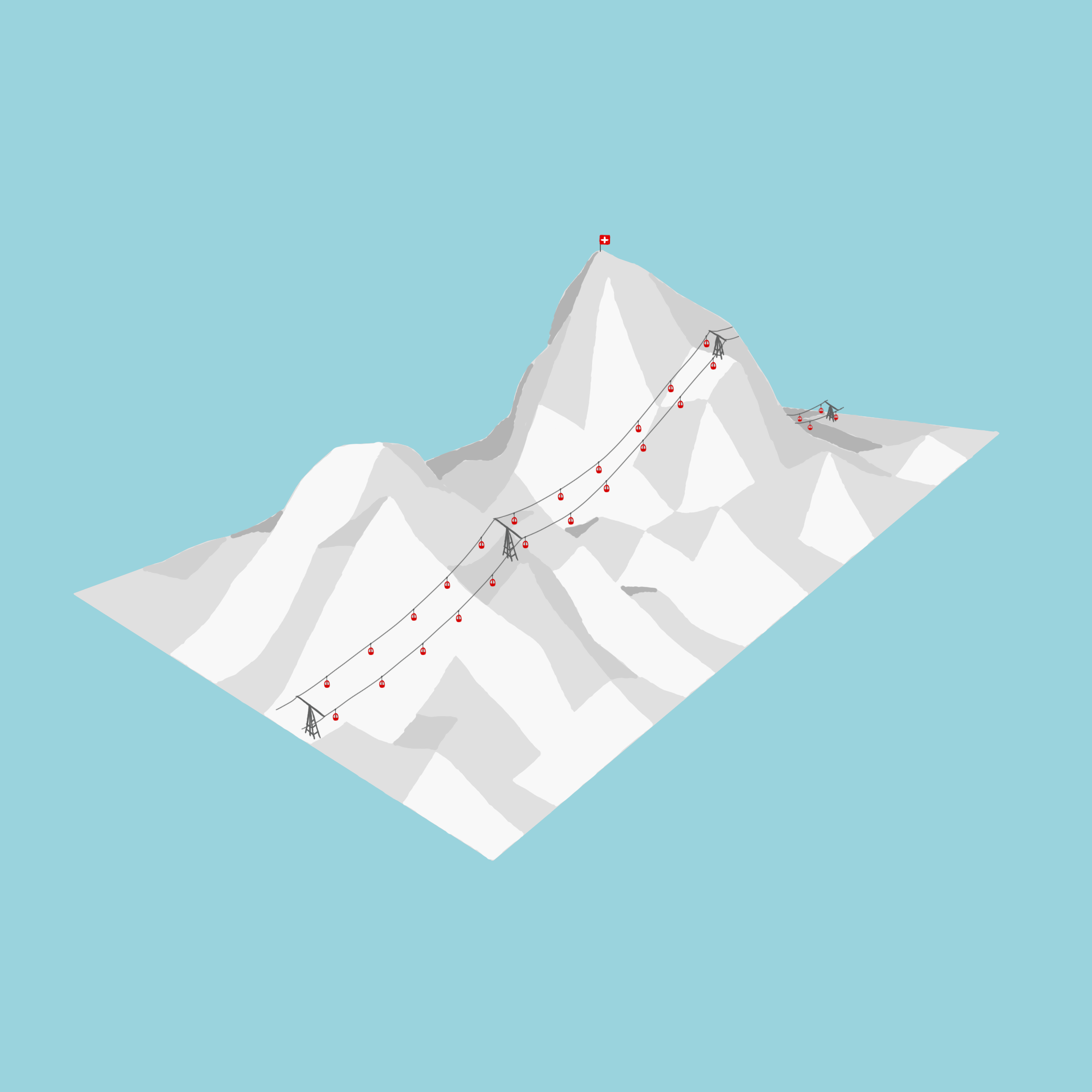

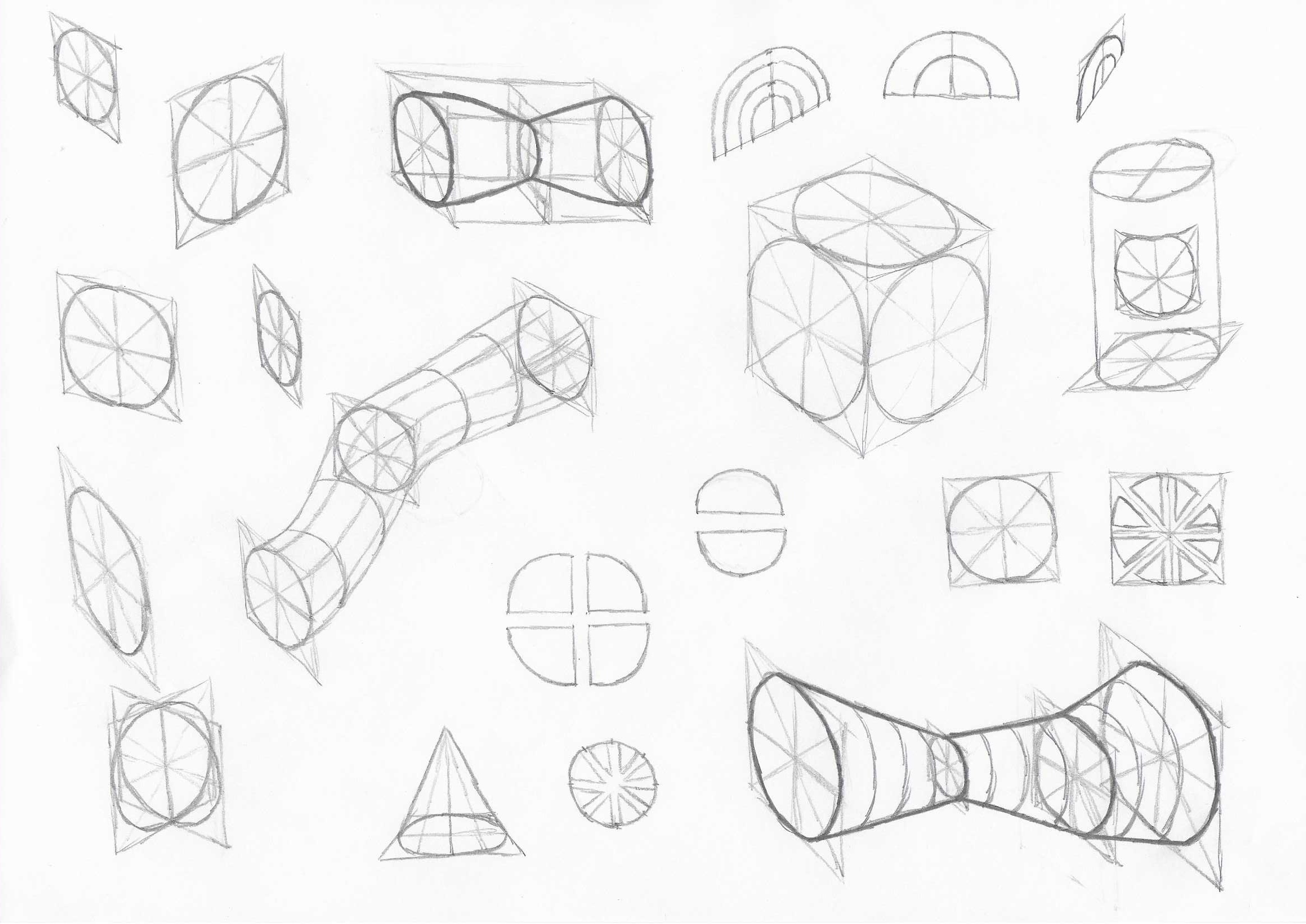
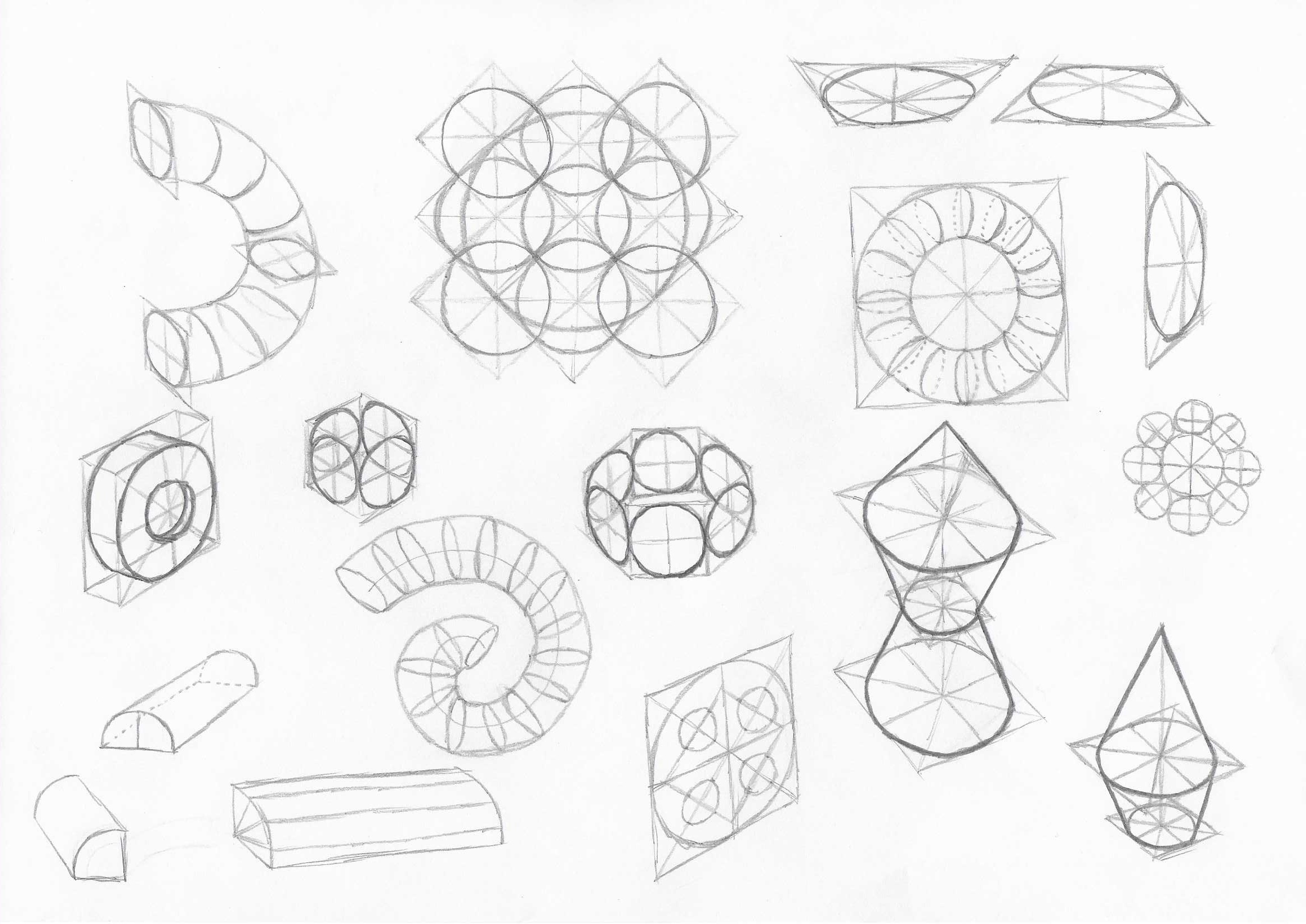
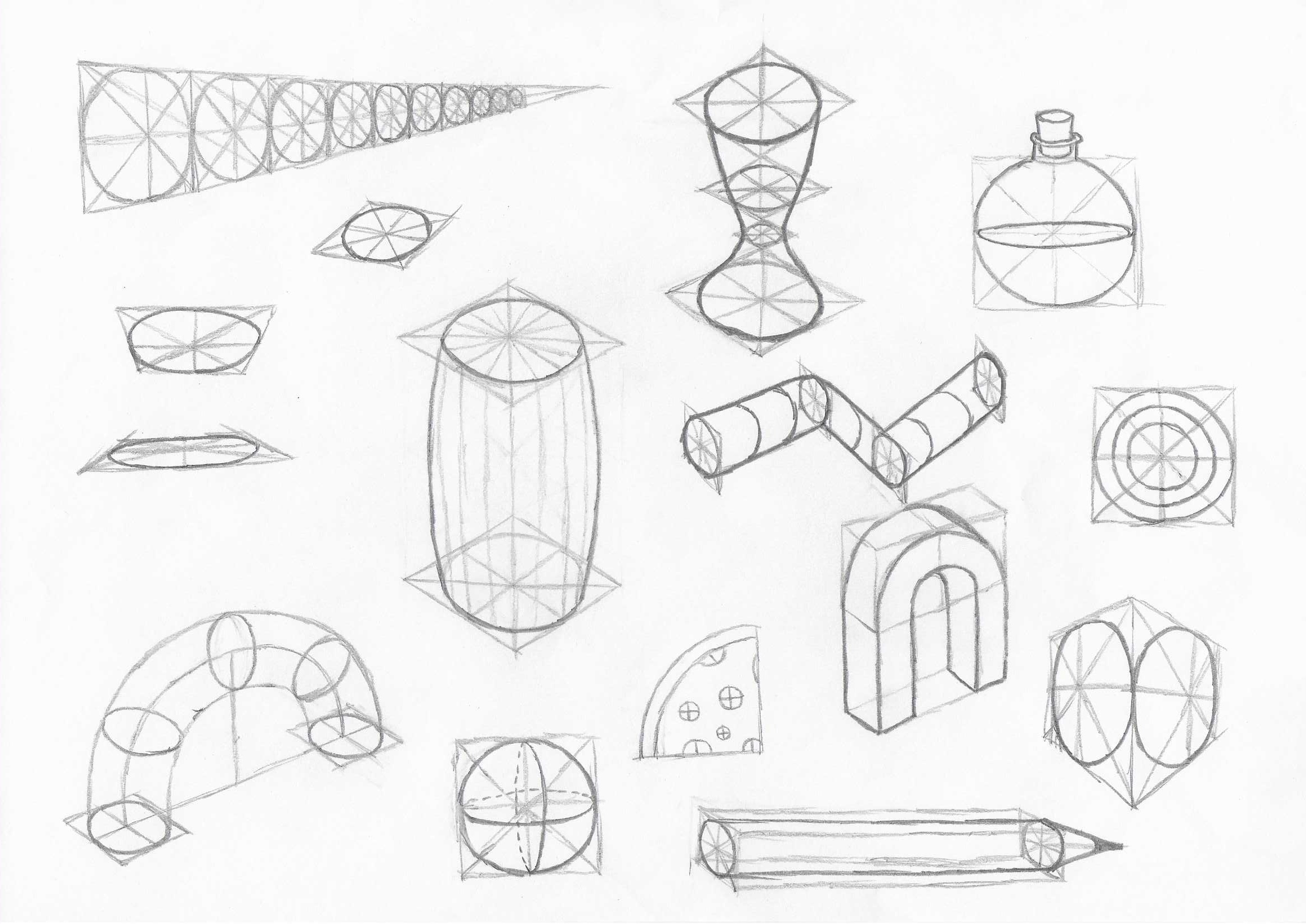
 For the second ILA, I made pages sketching with spirals, and irregular surfaces.
For the second ILA, I made pages sketching with spirals, and irregular surfaces.
